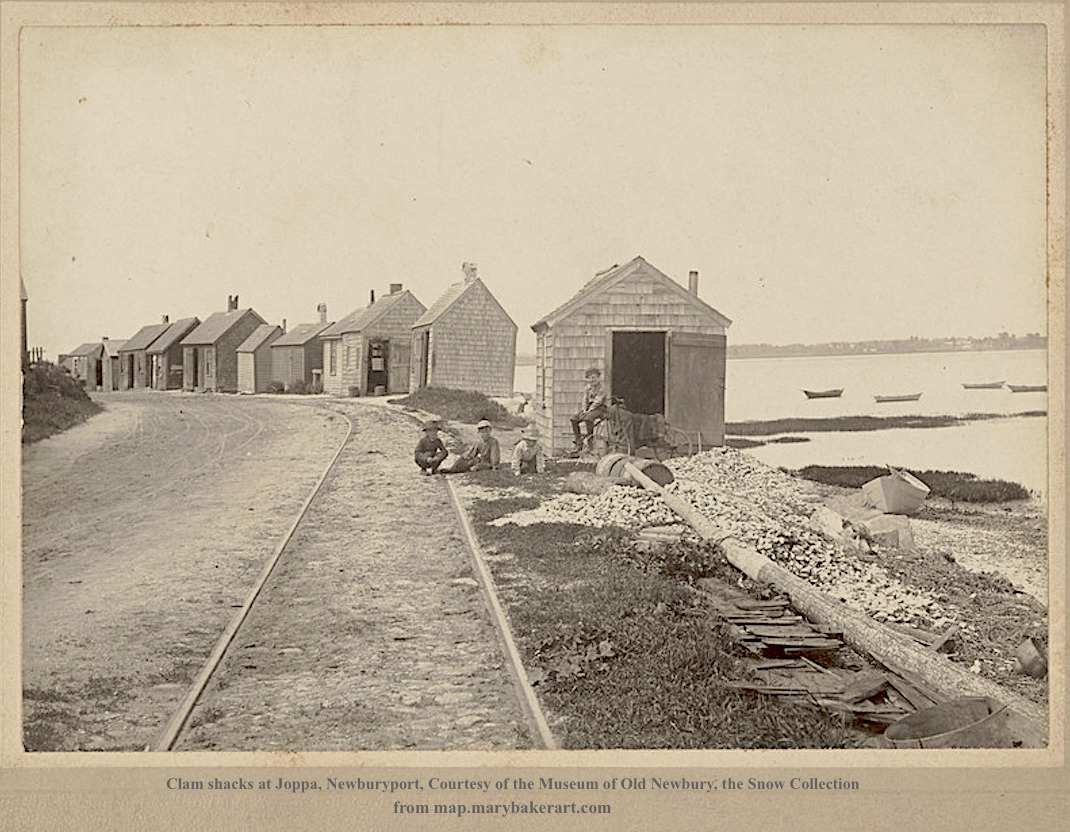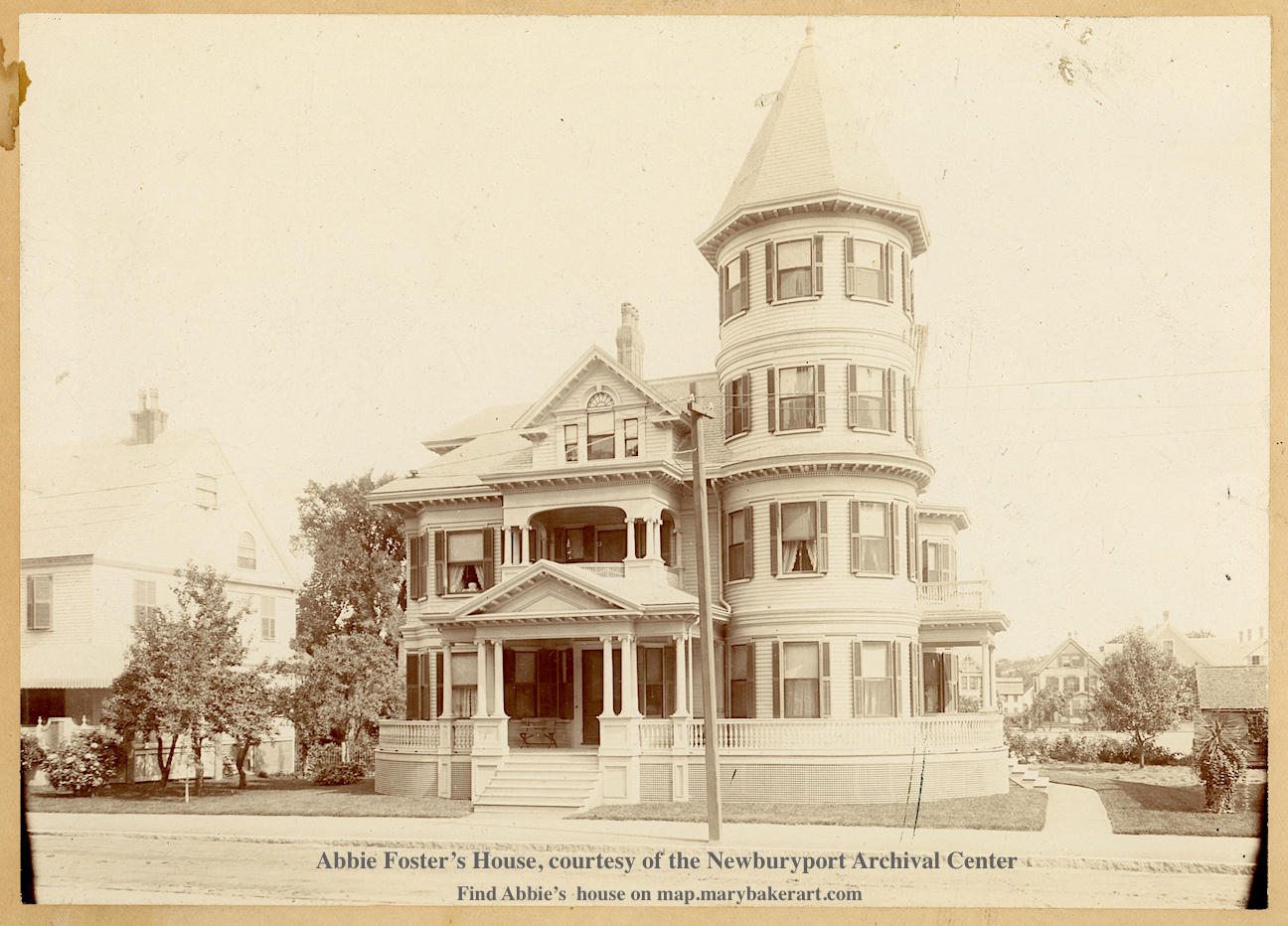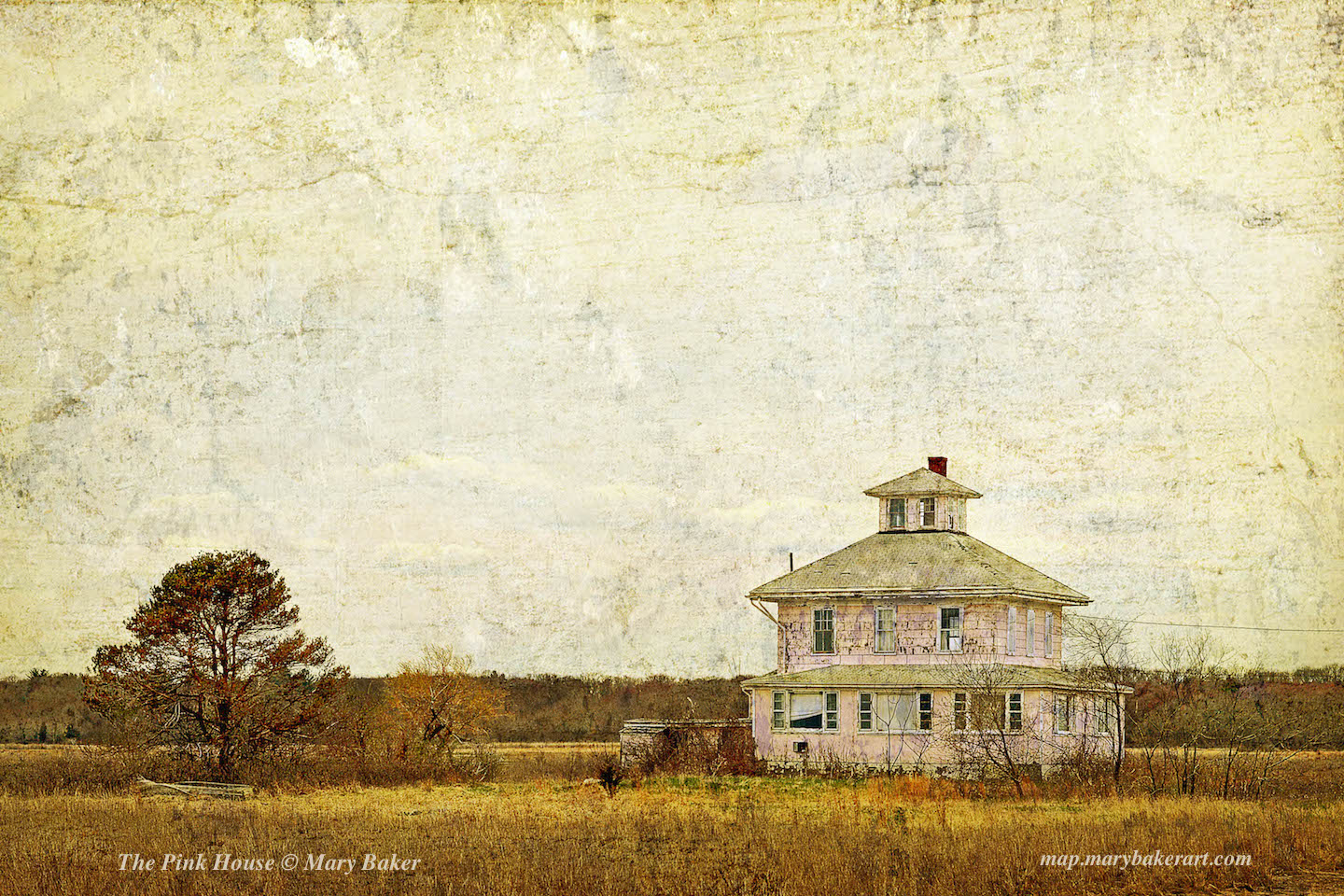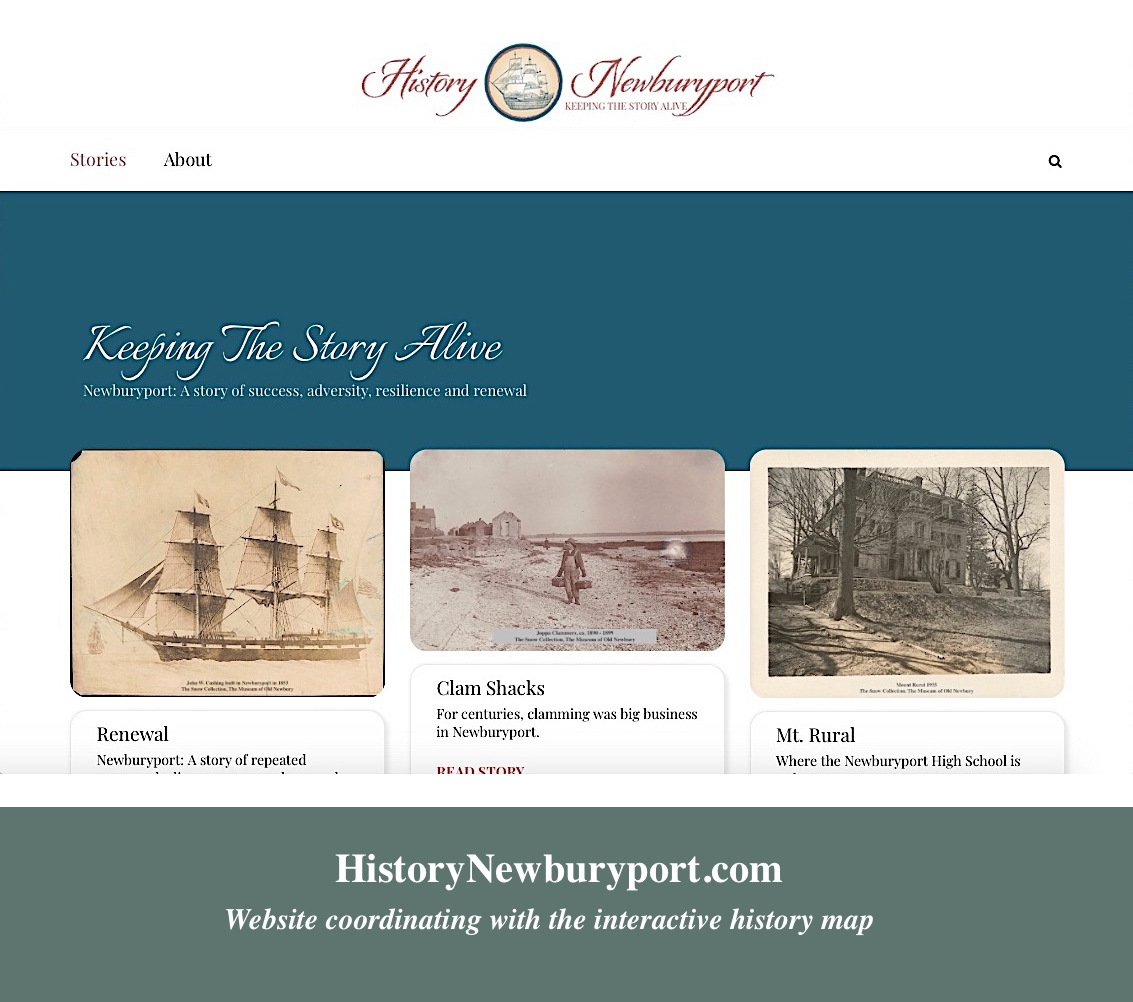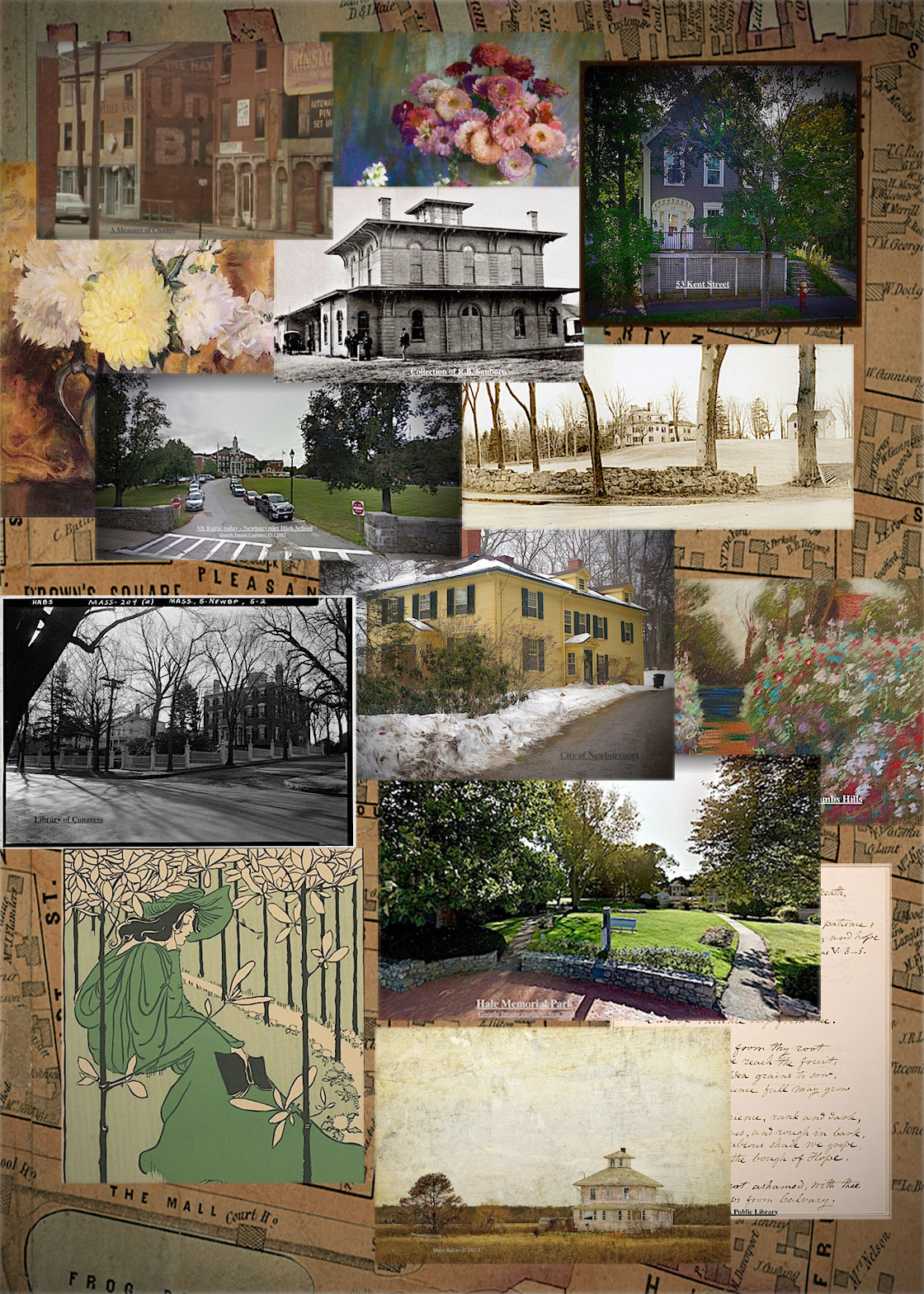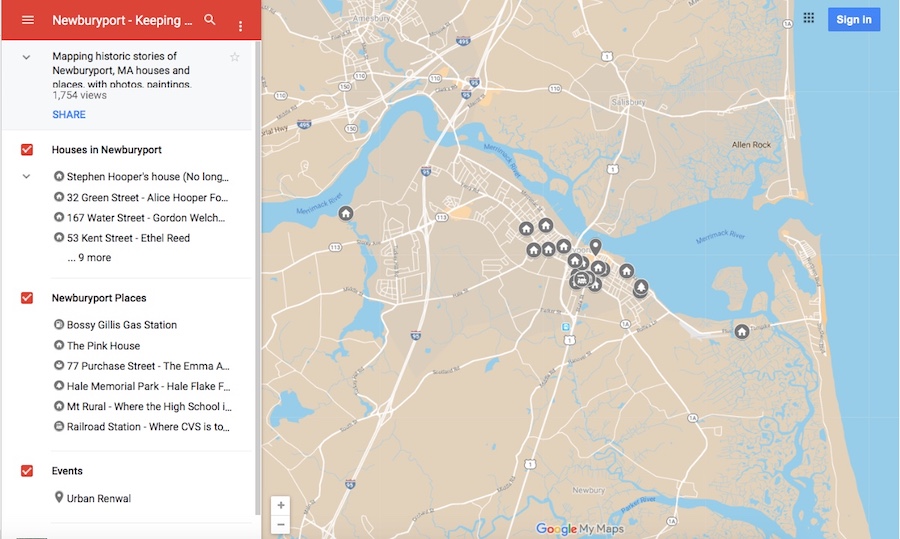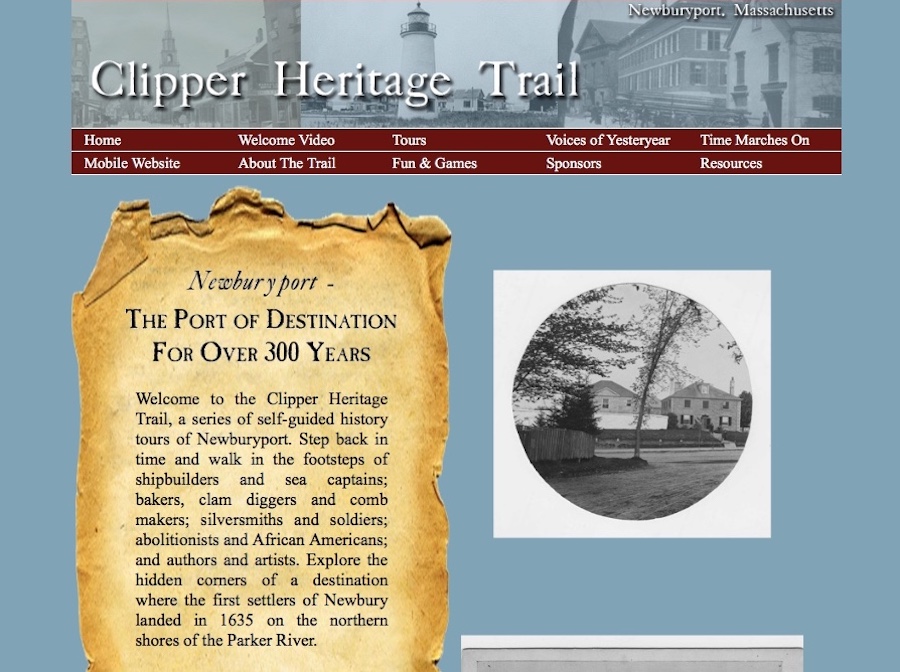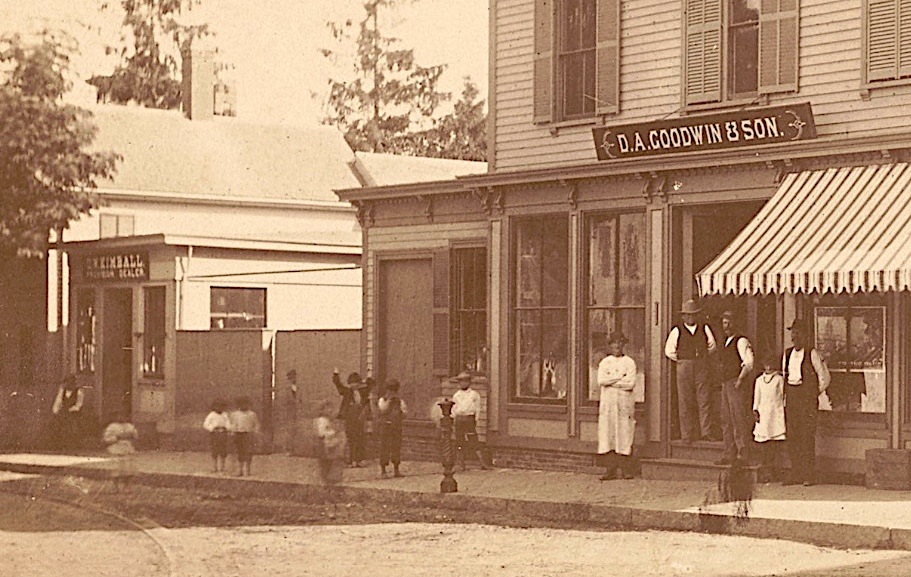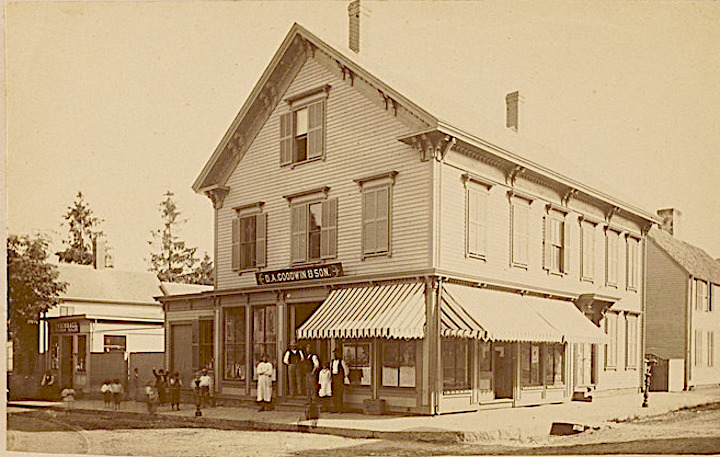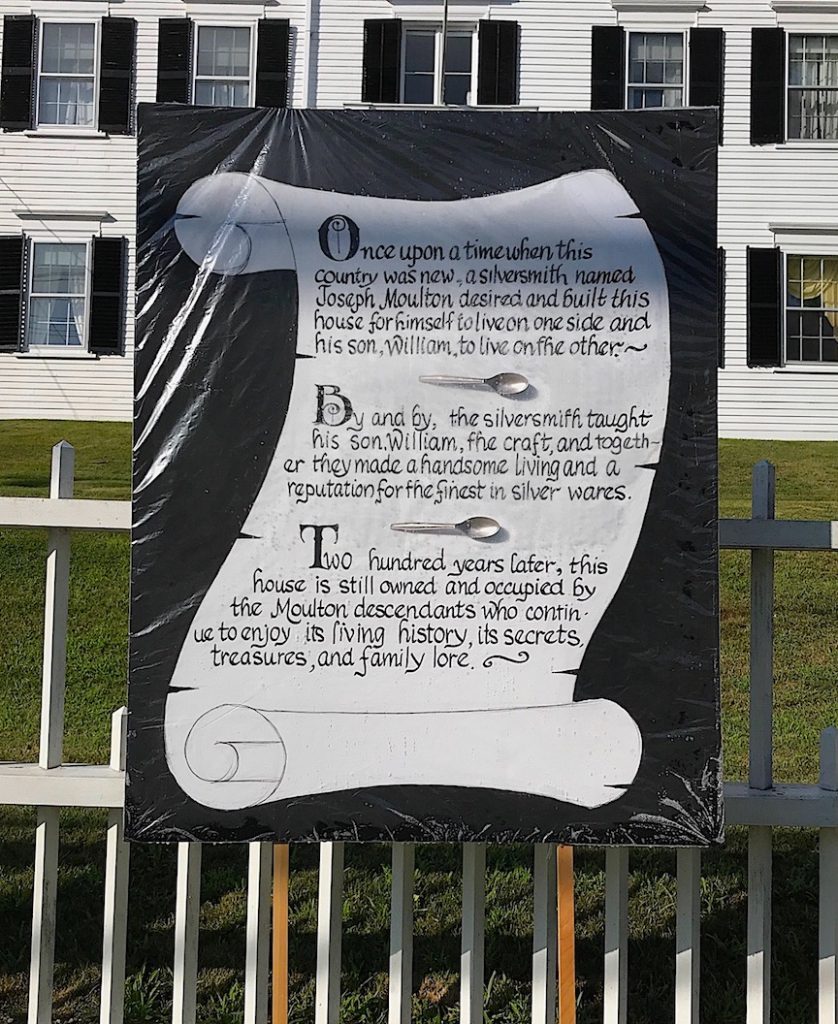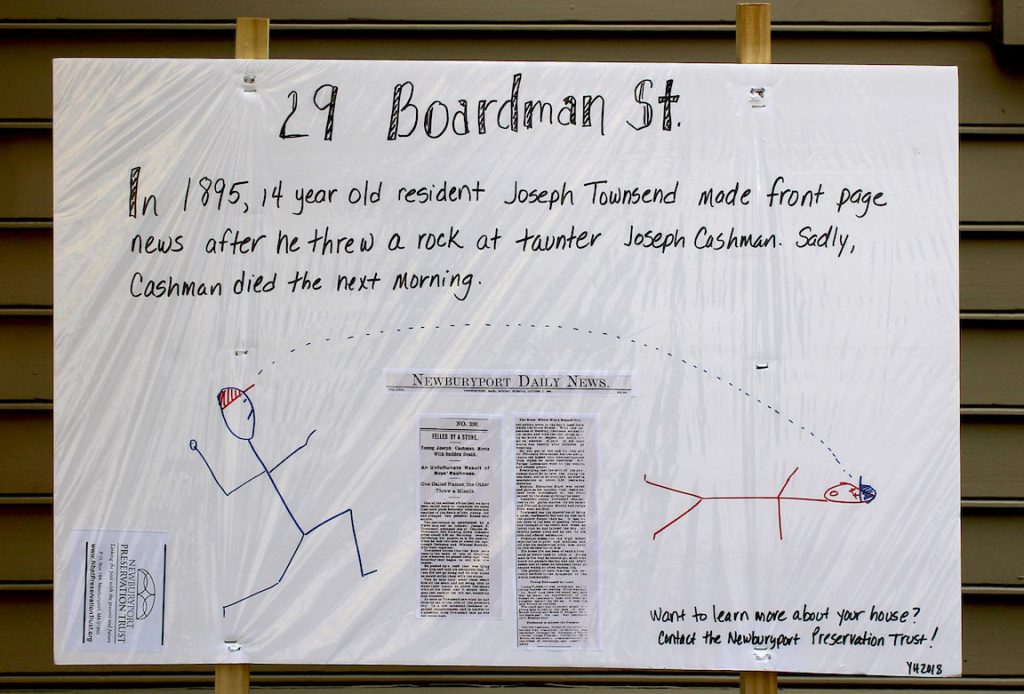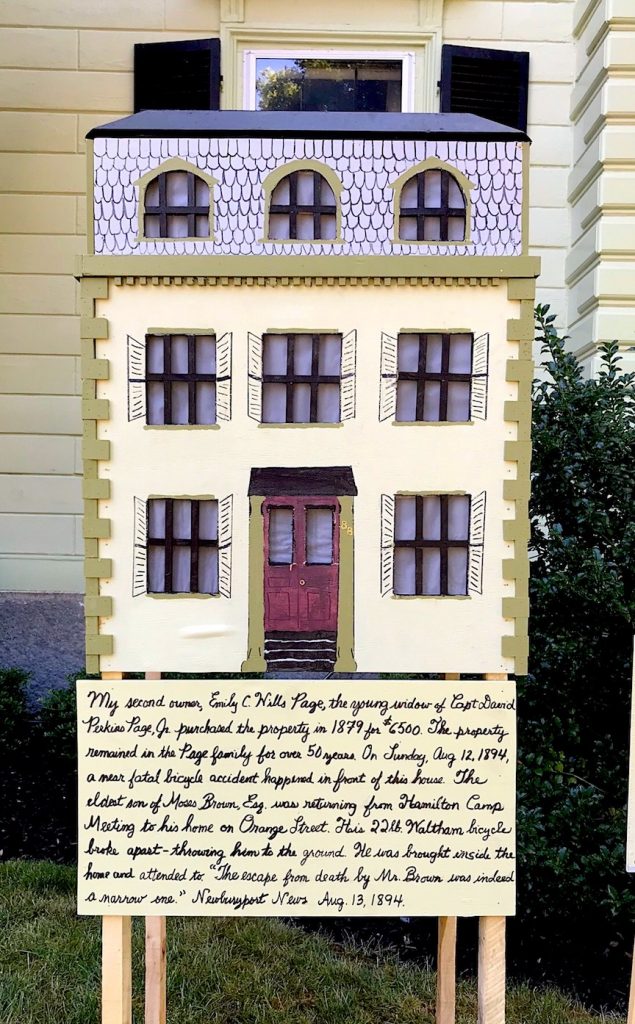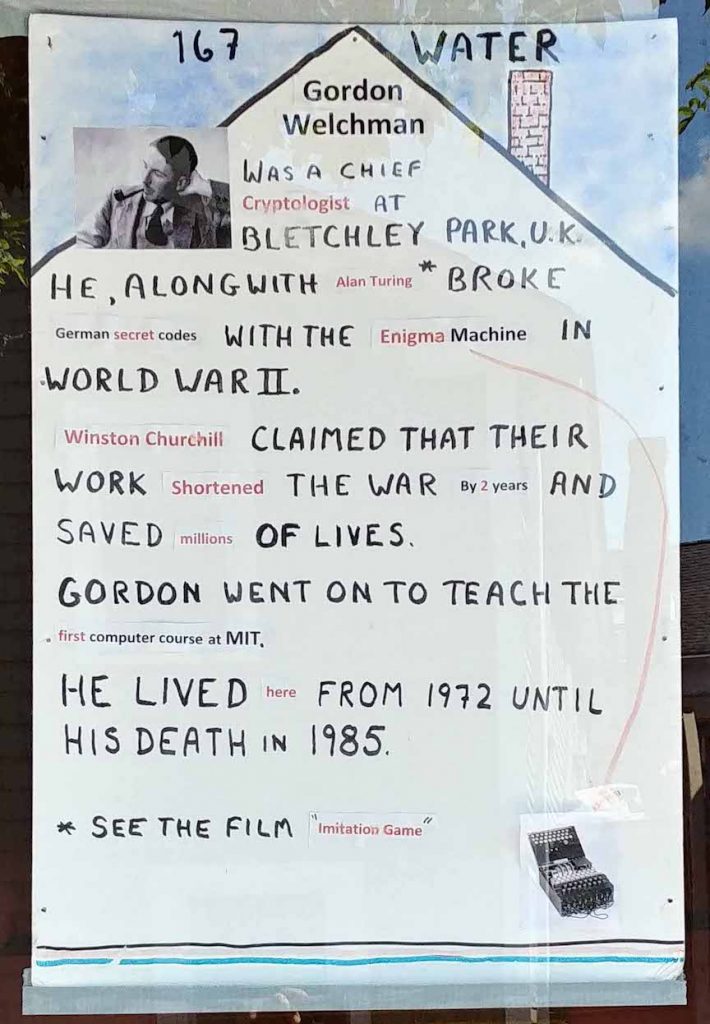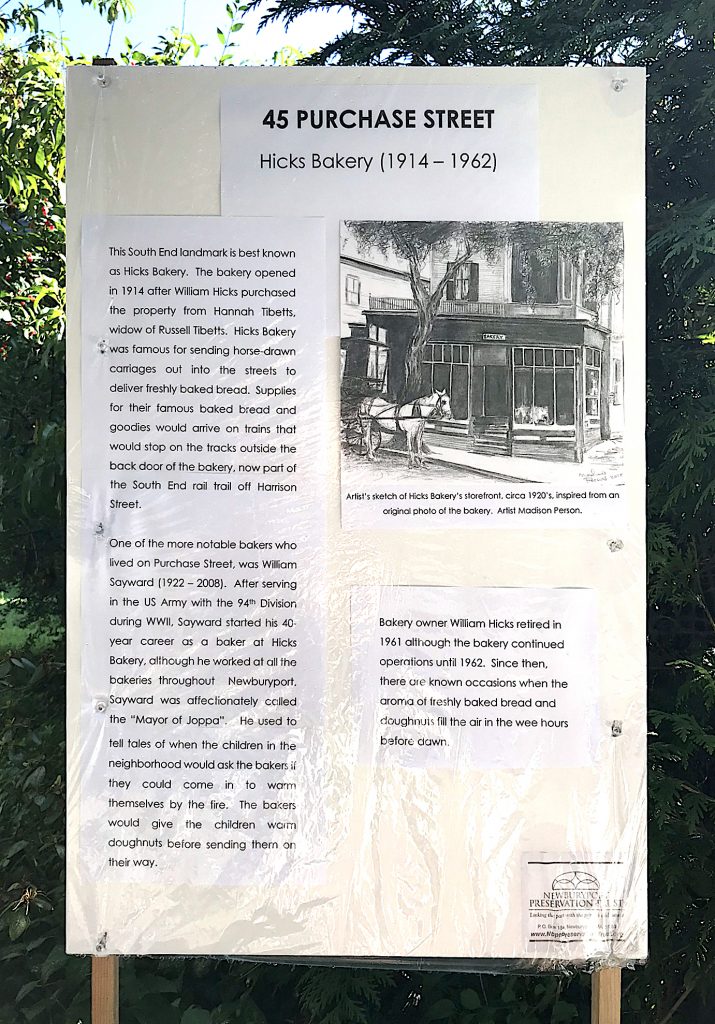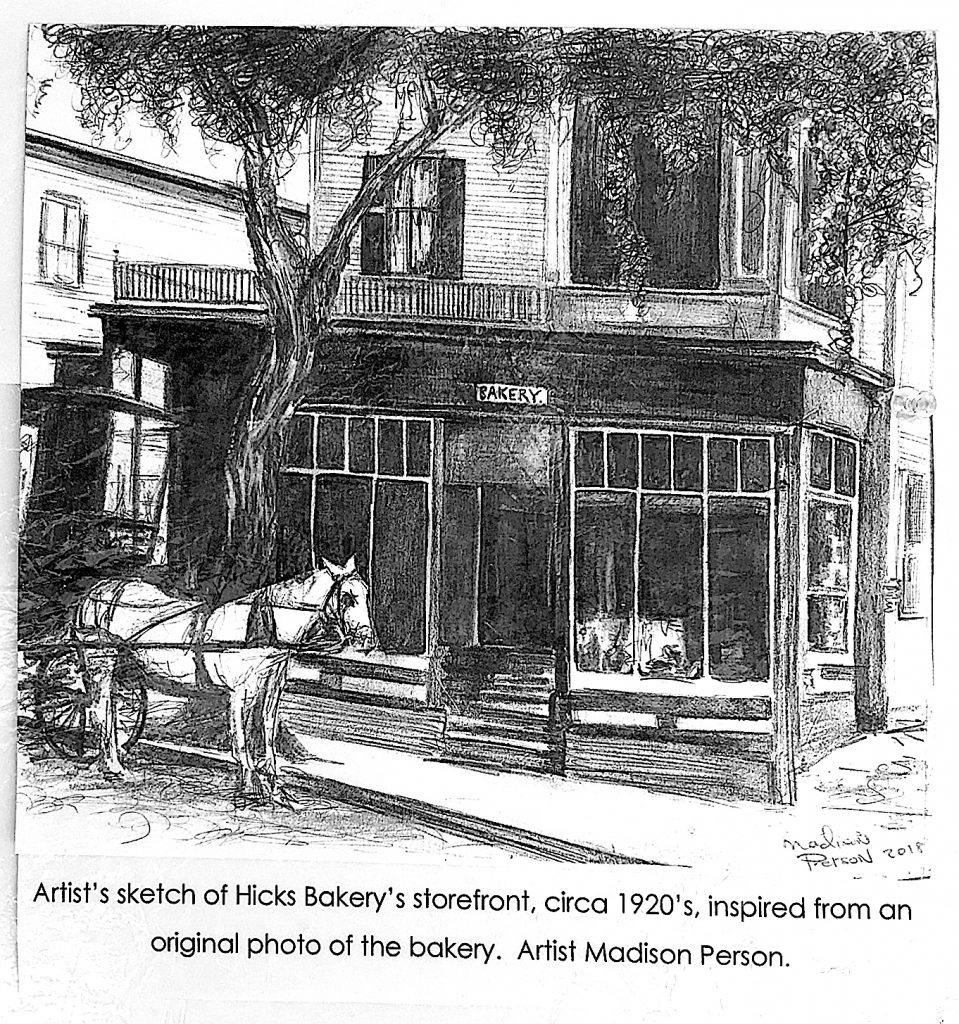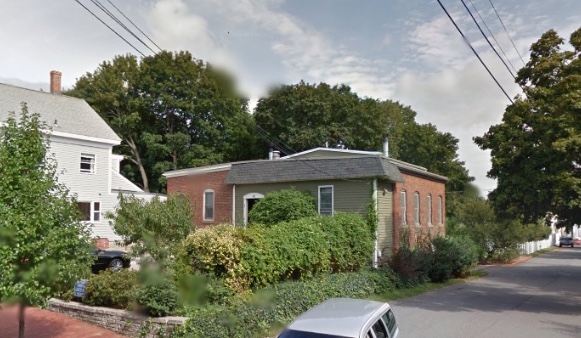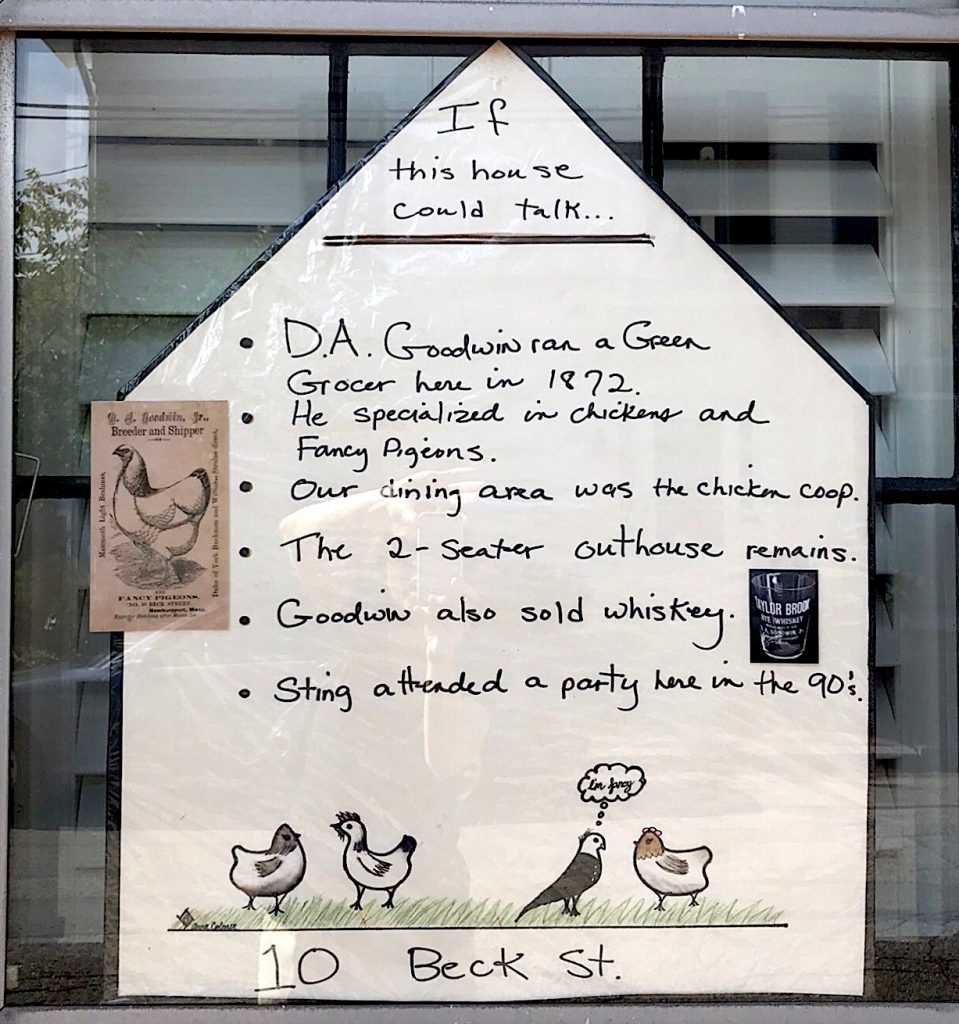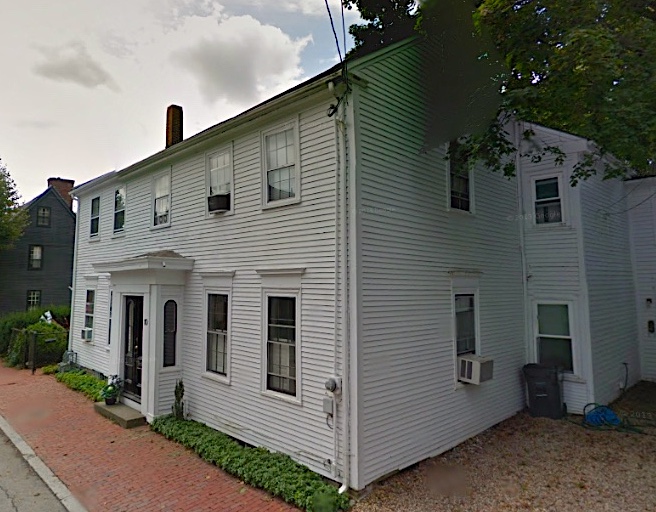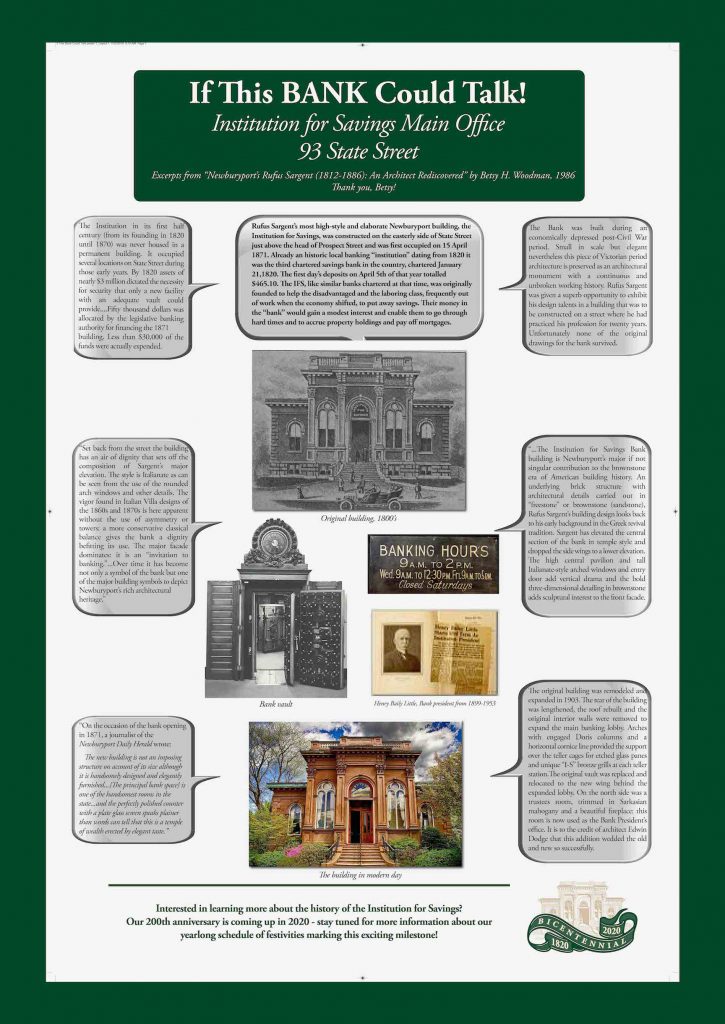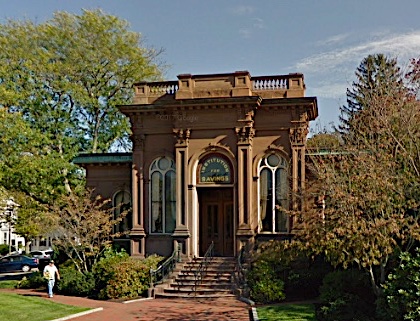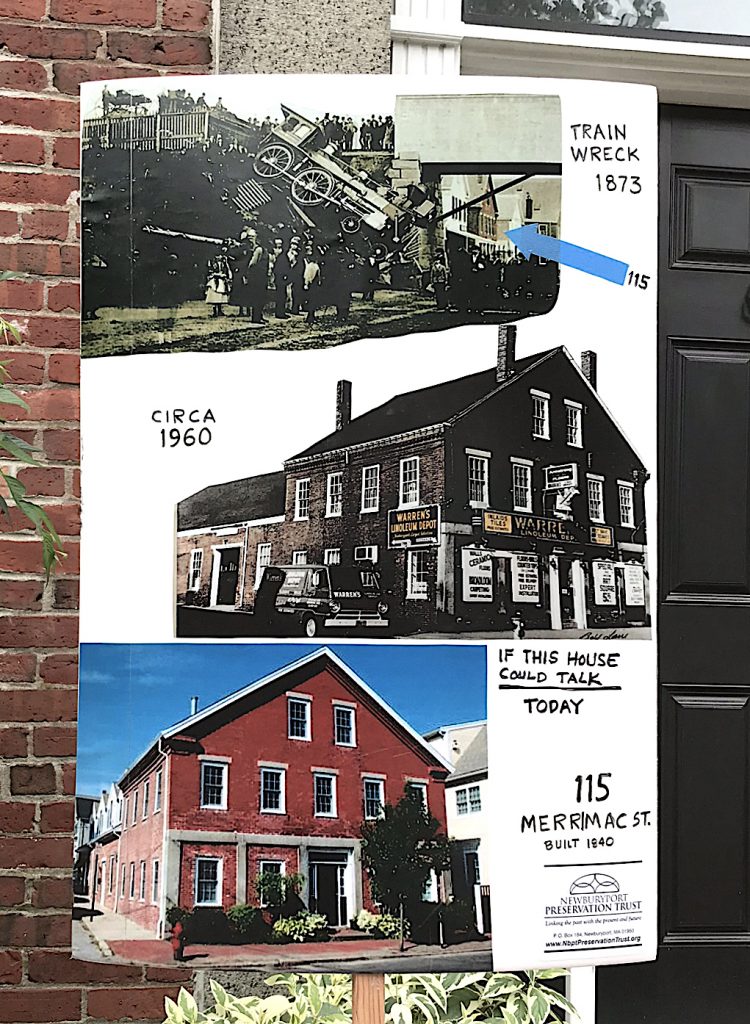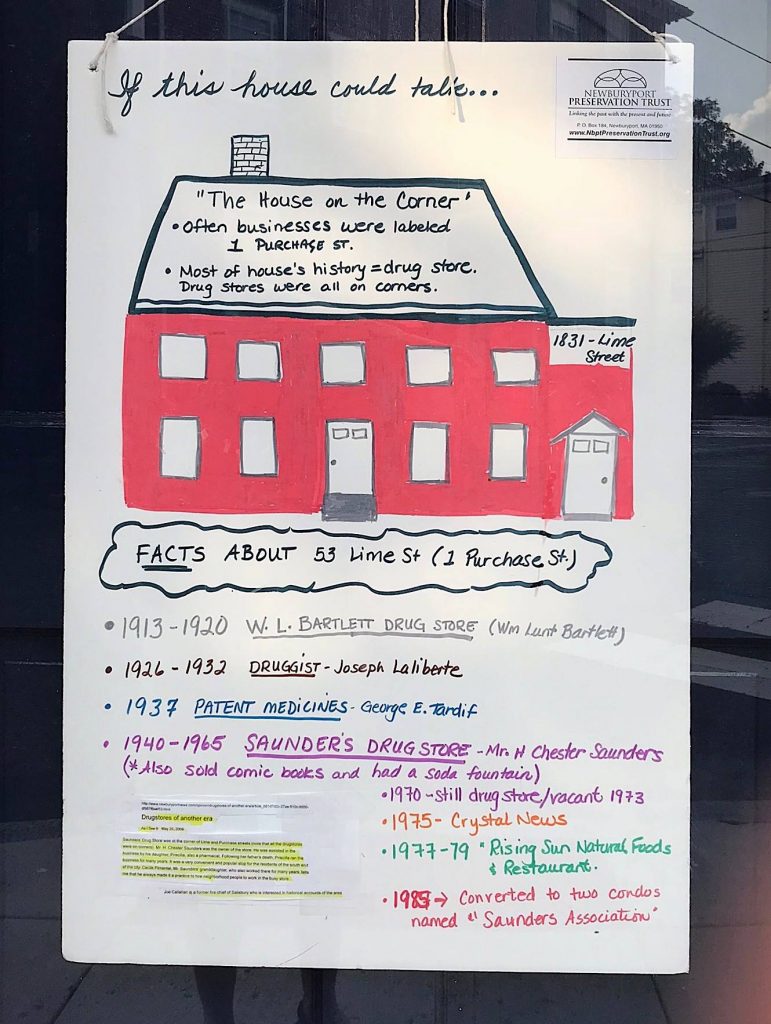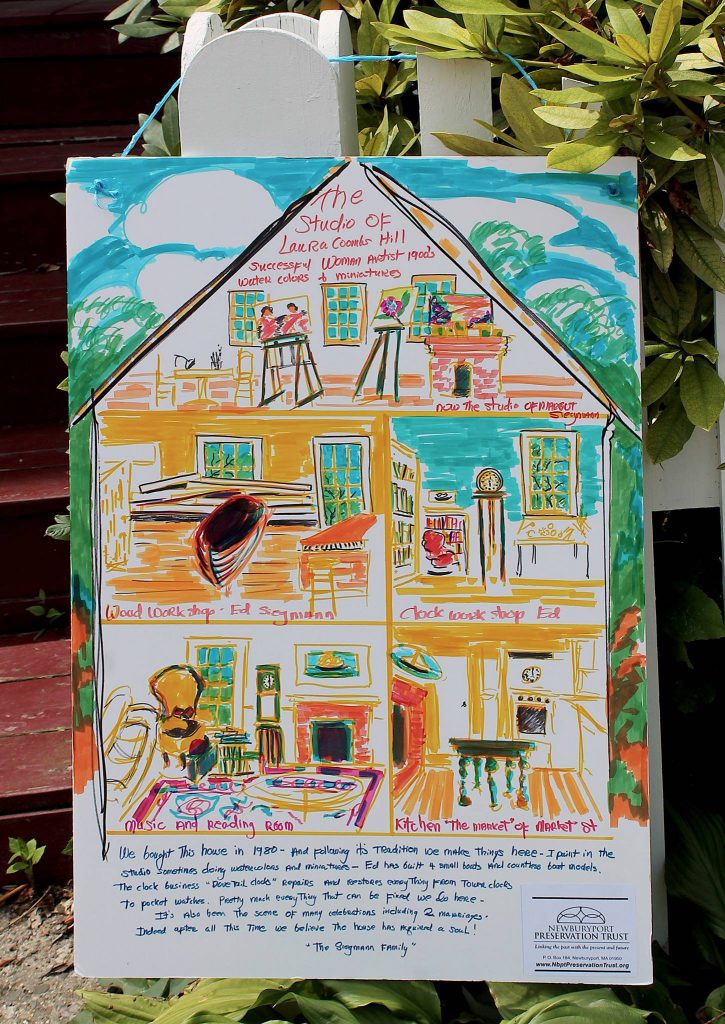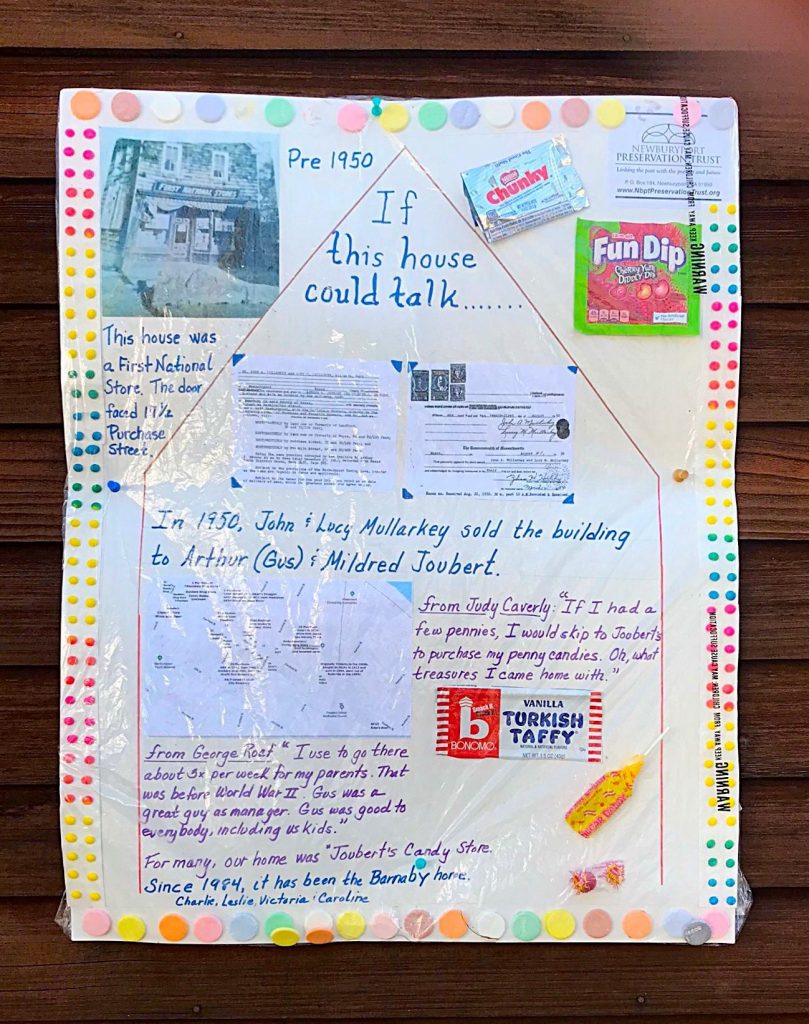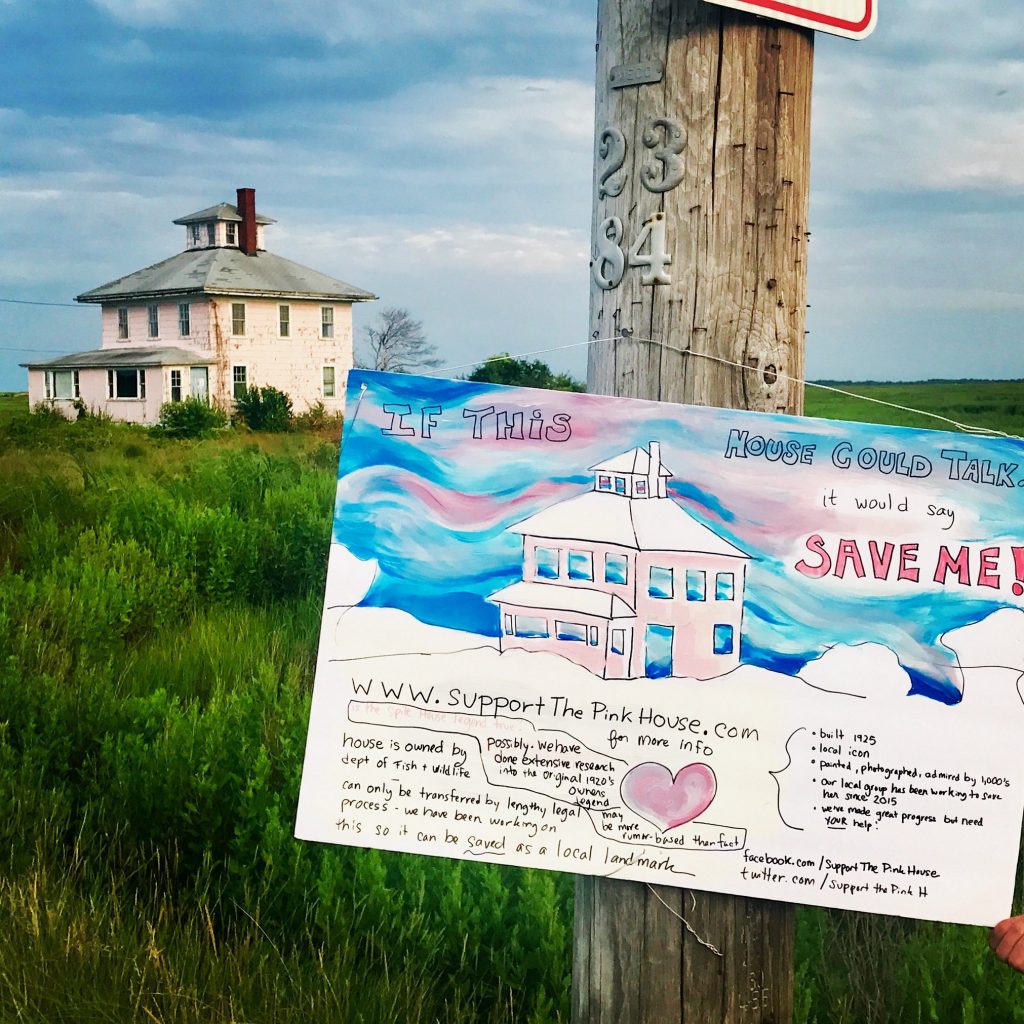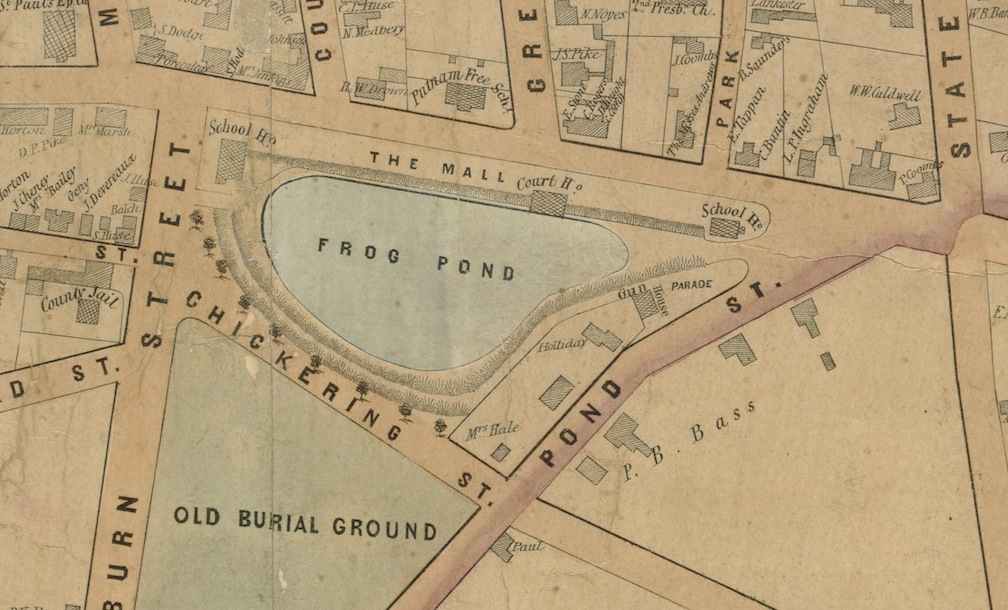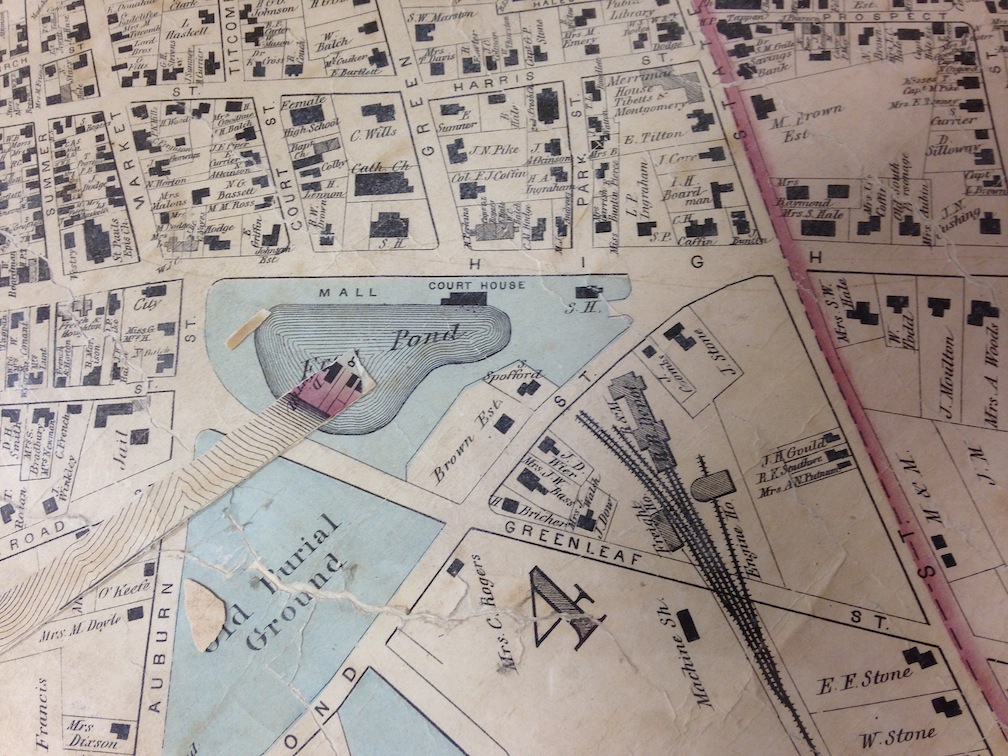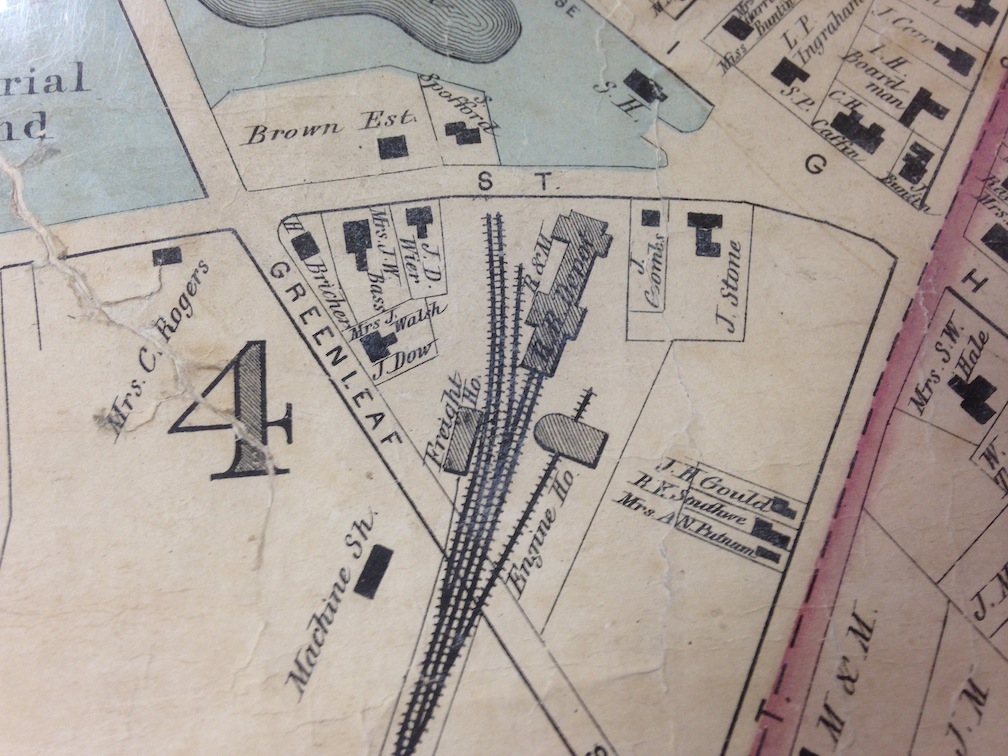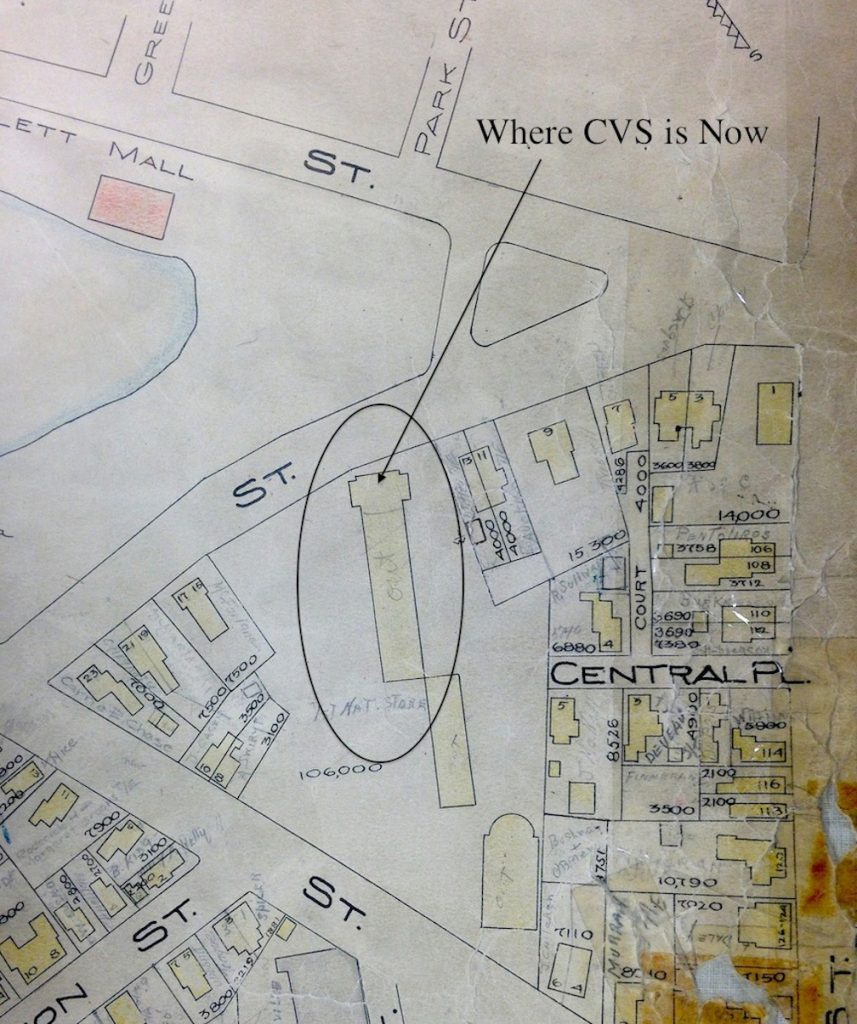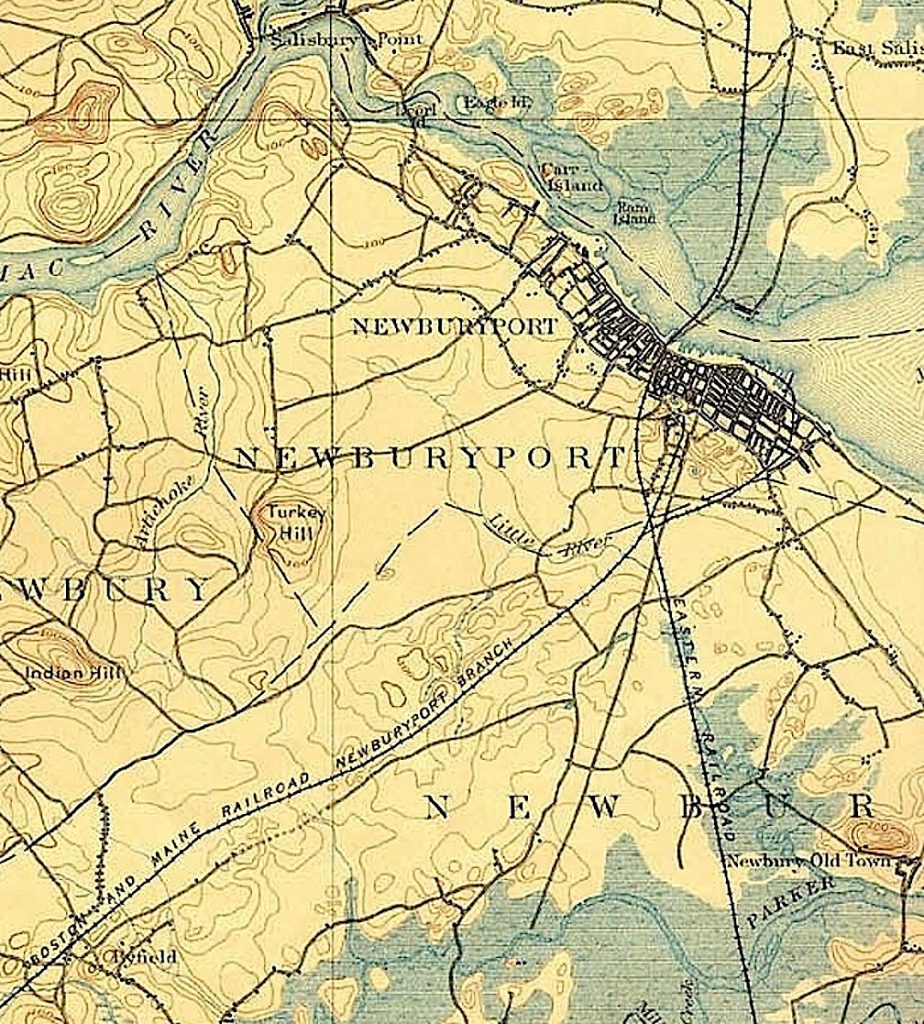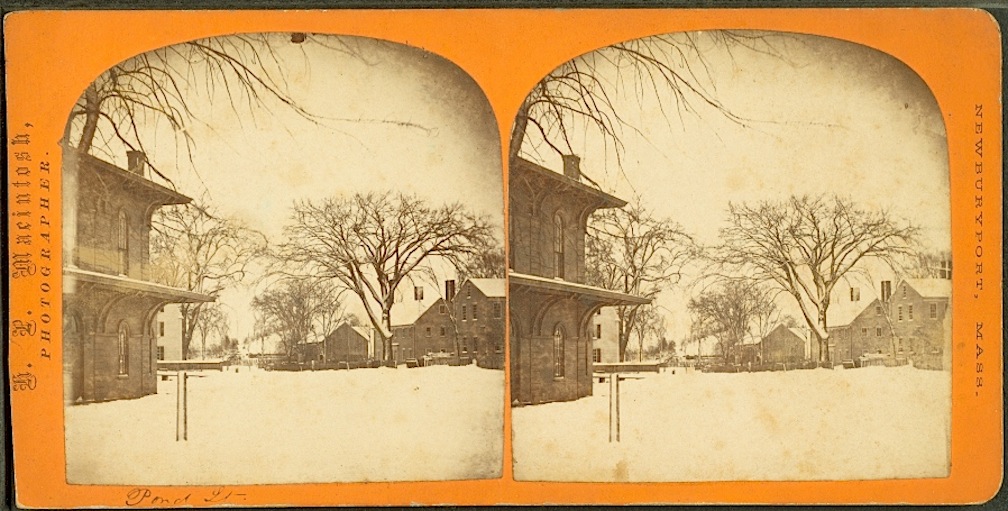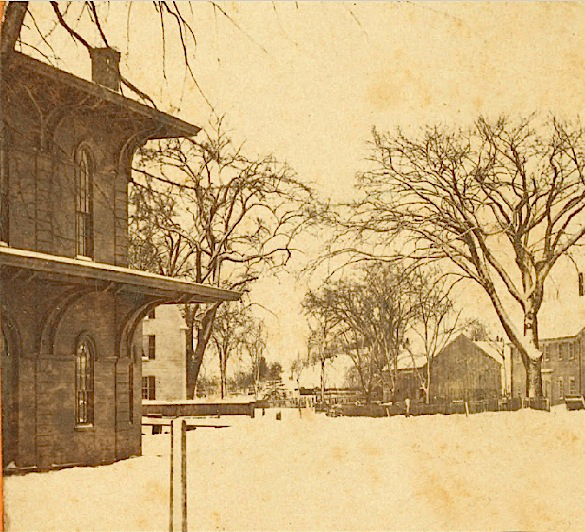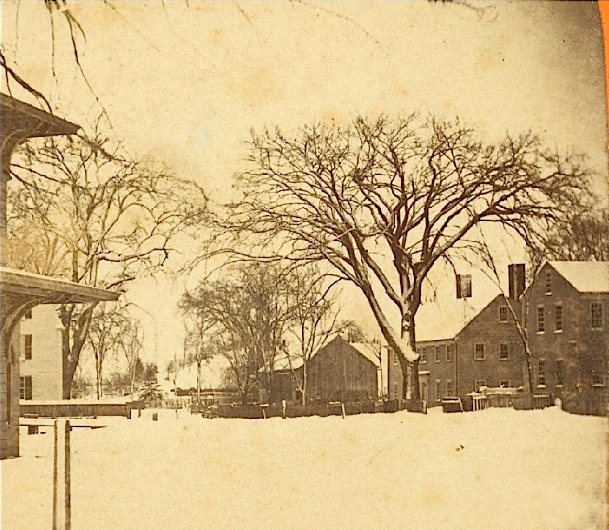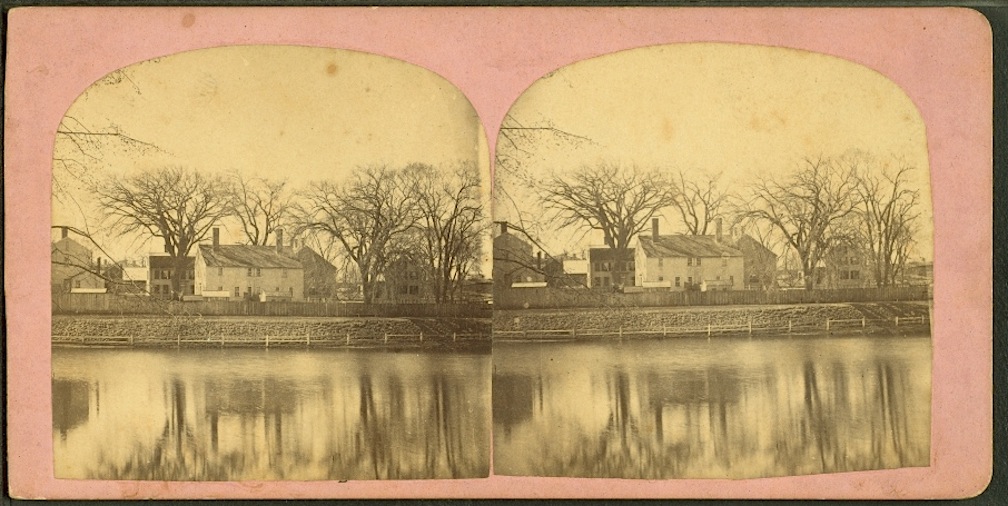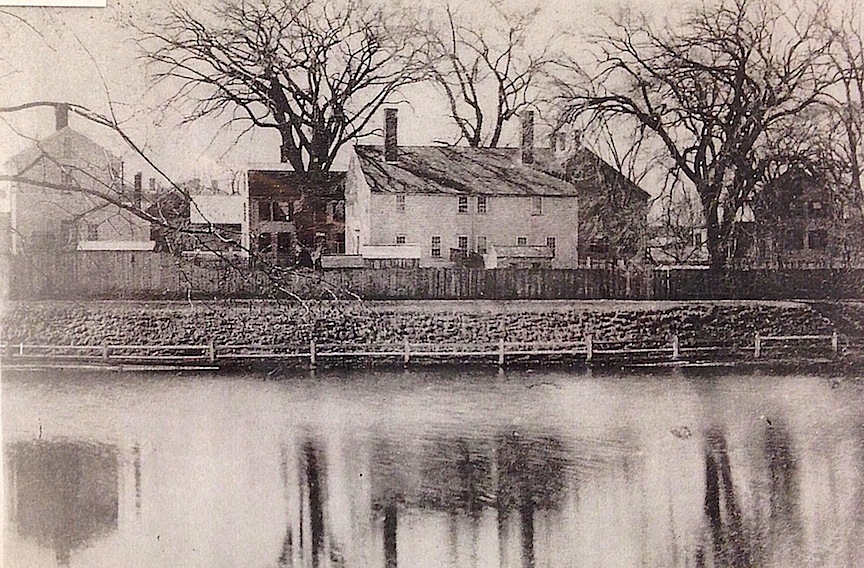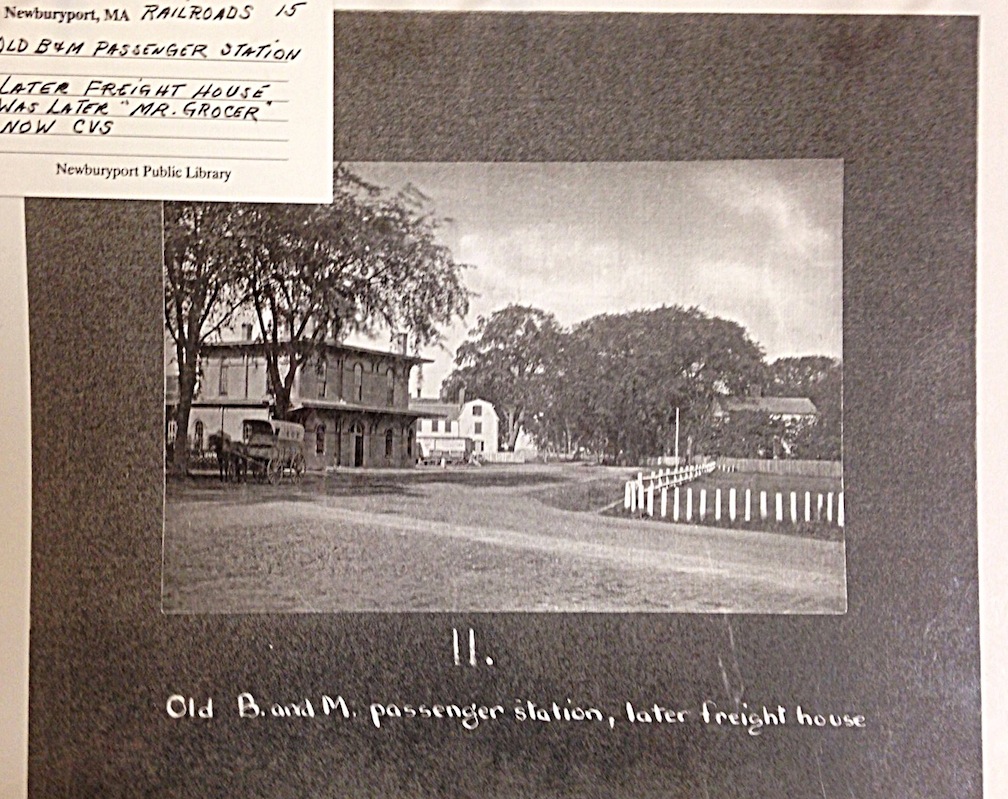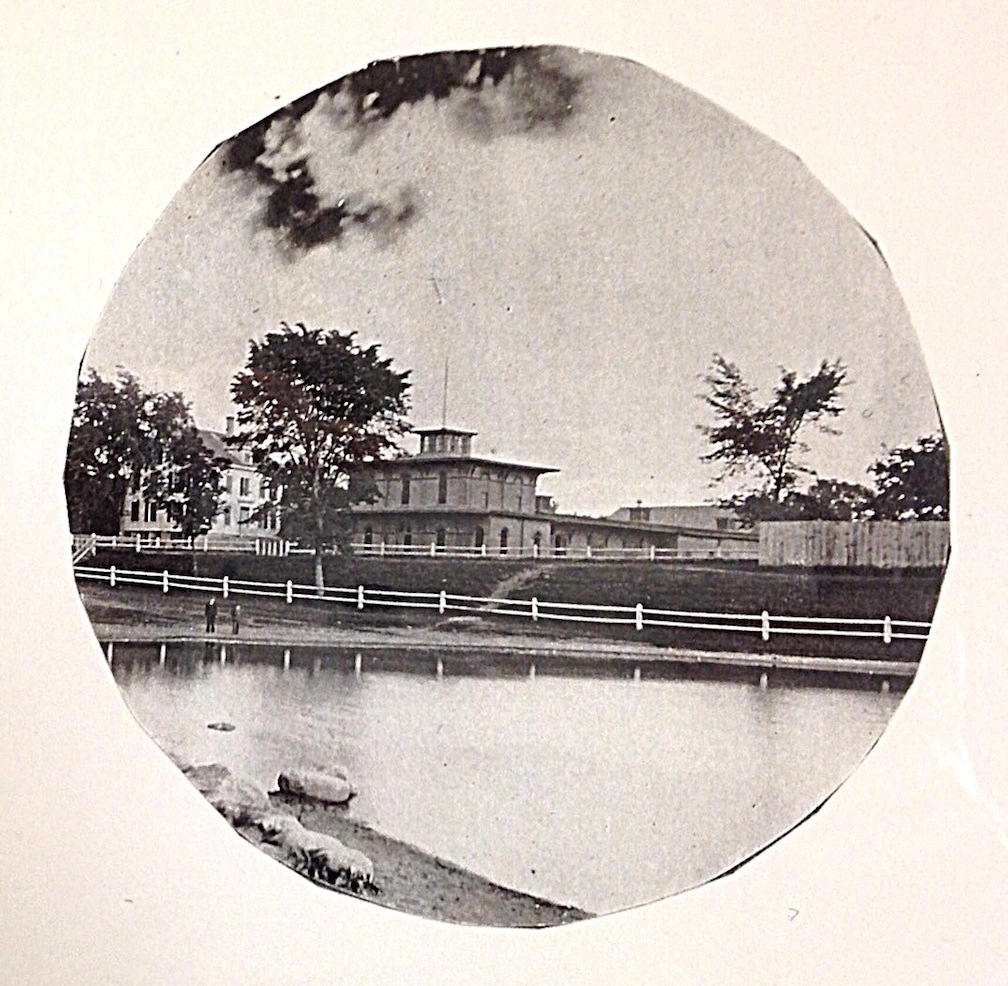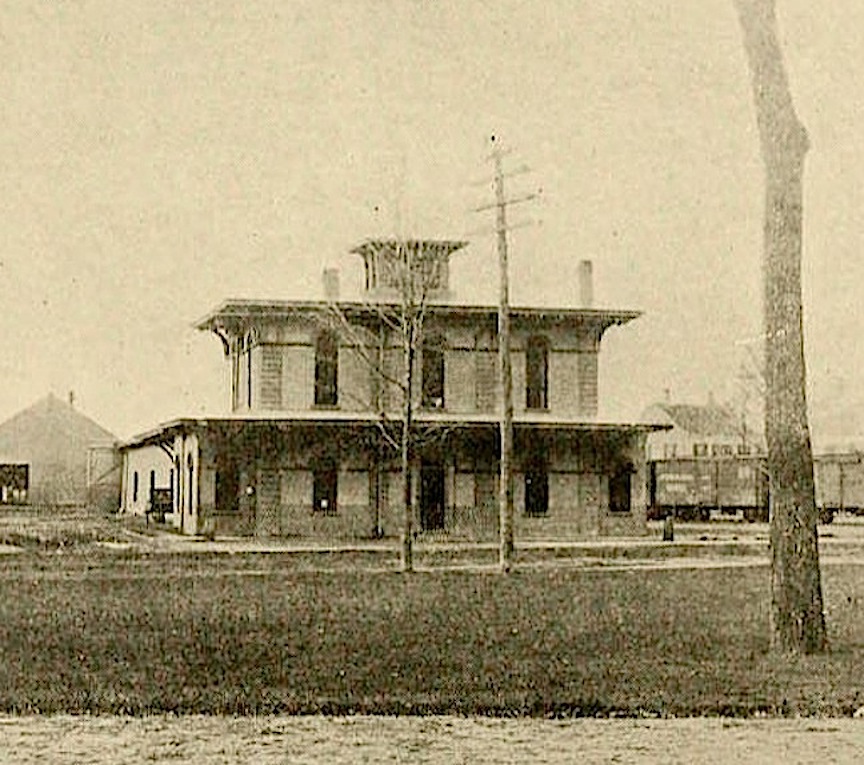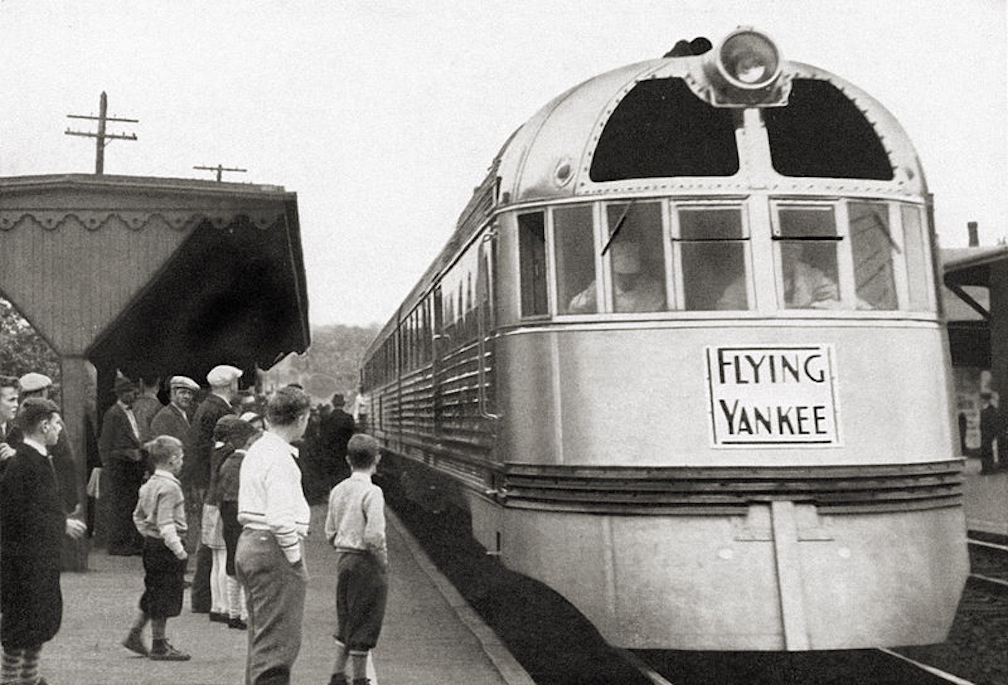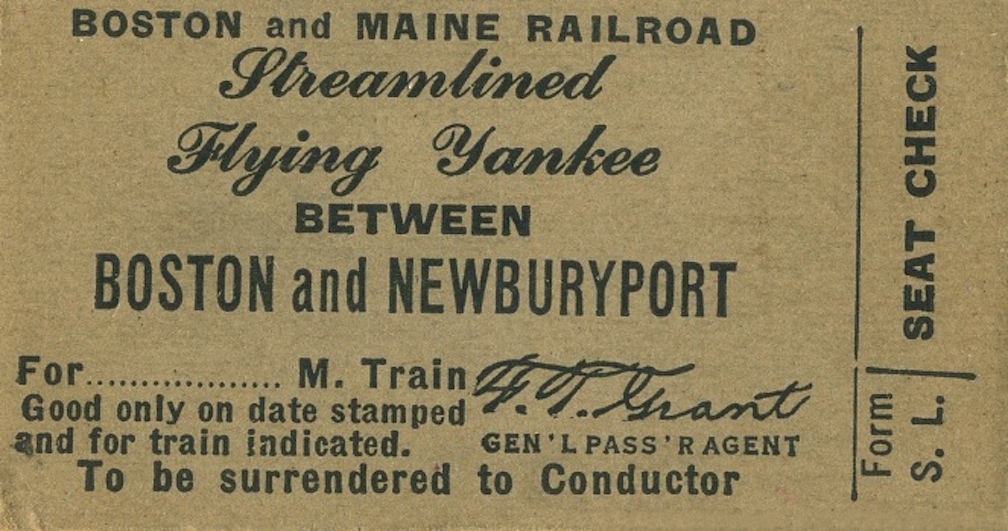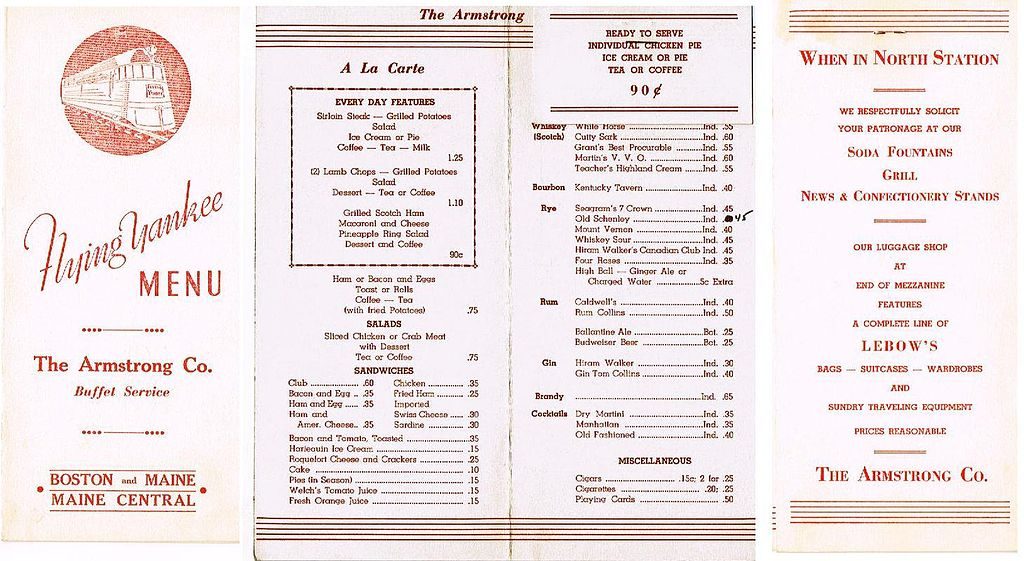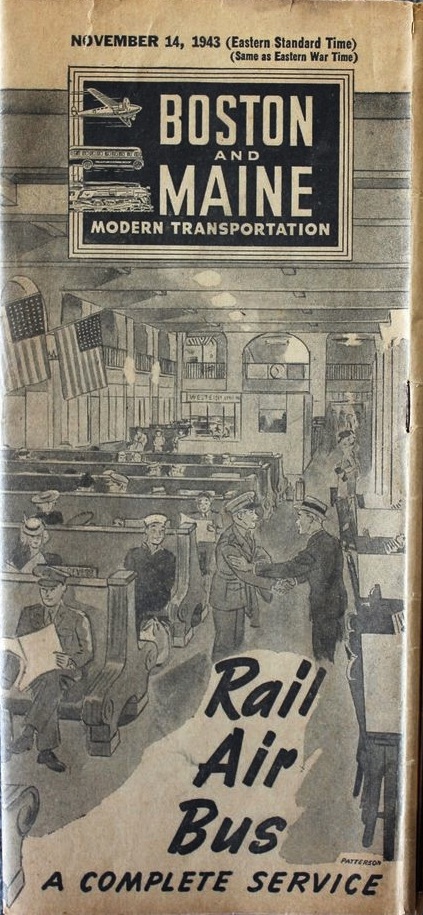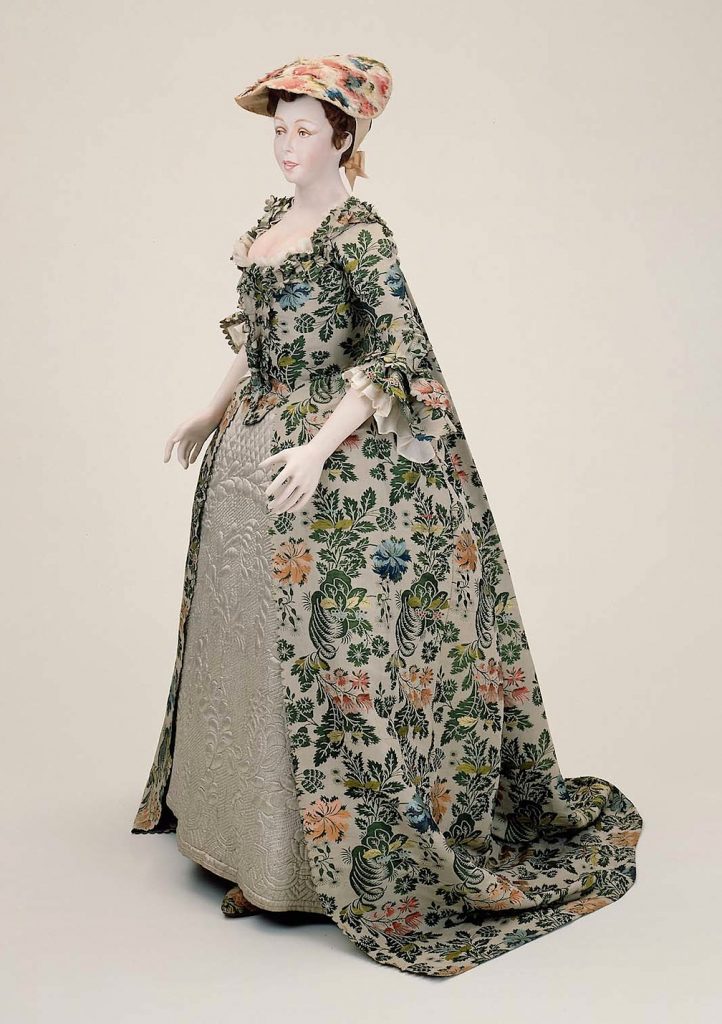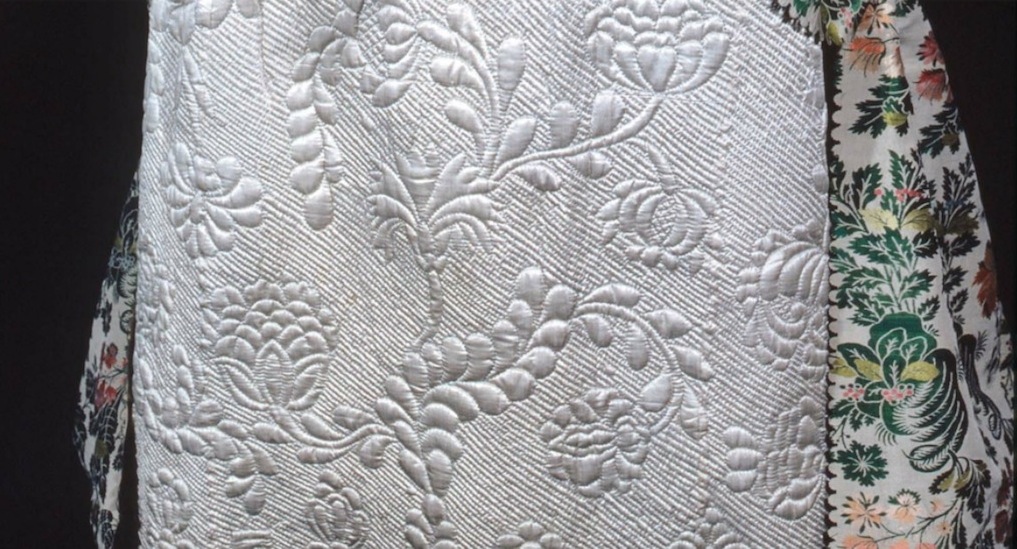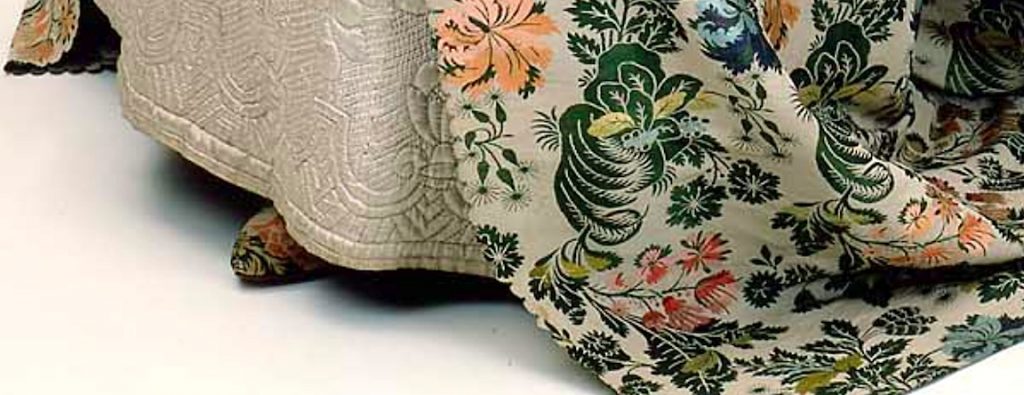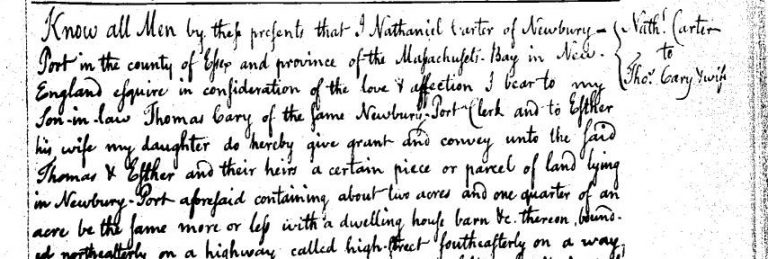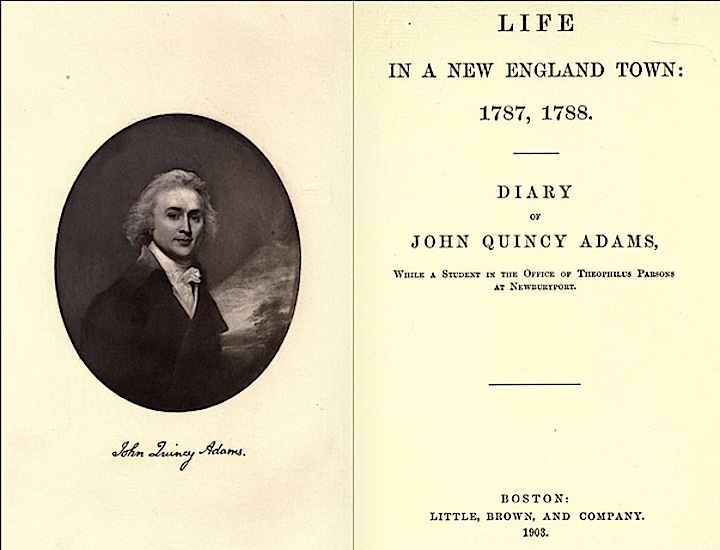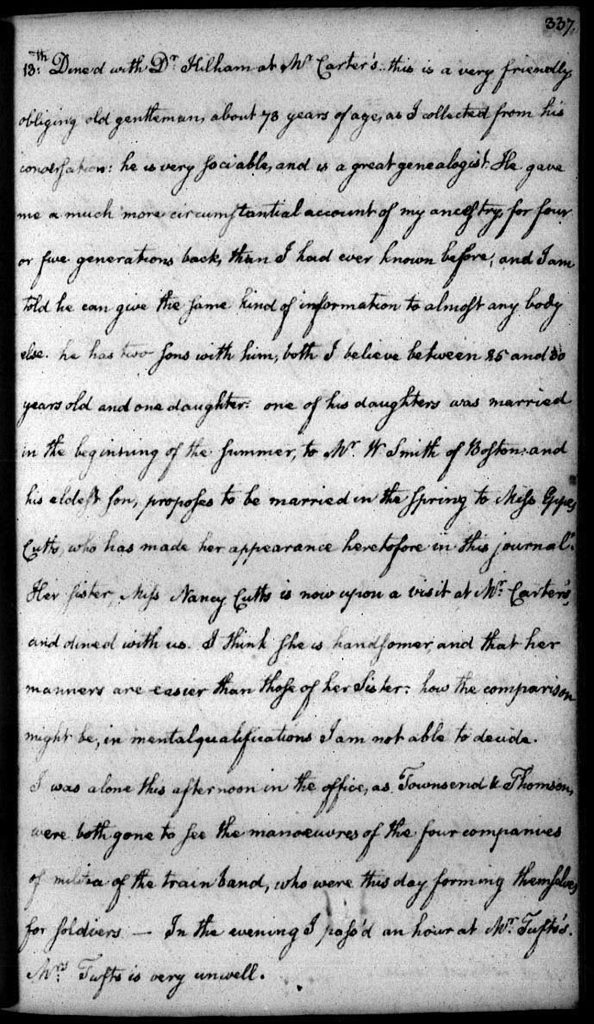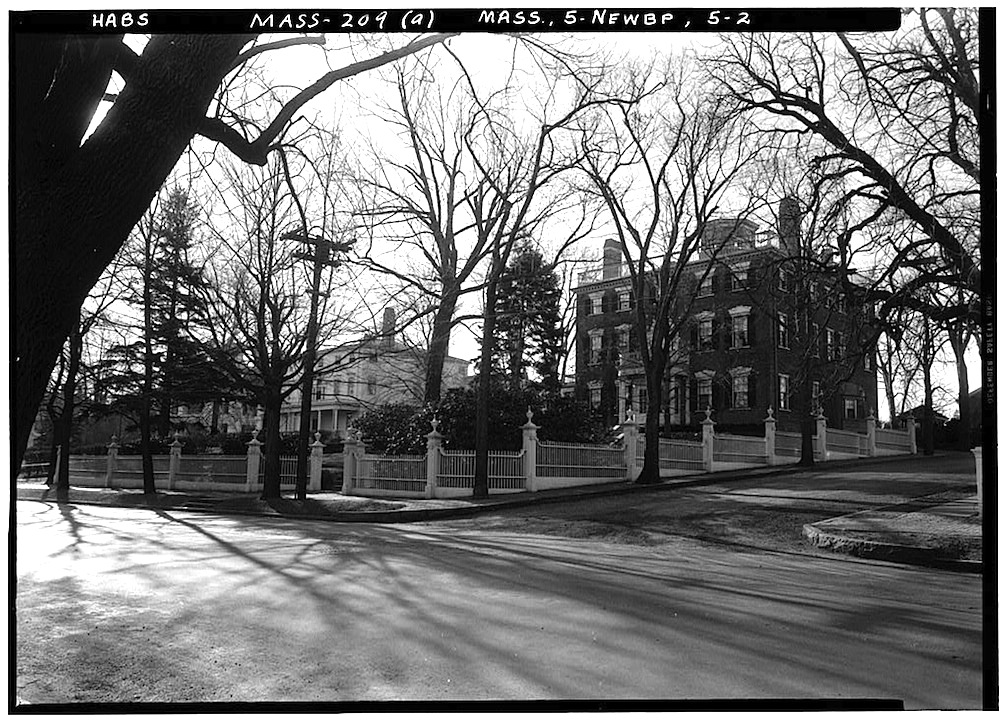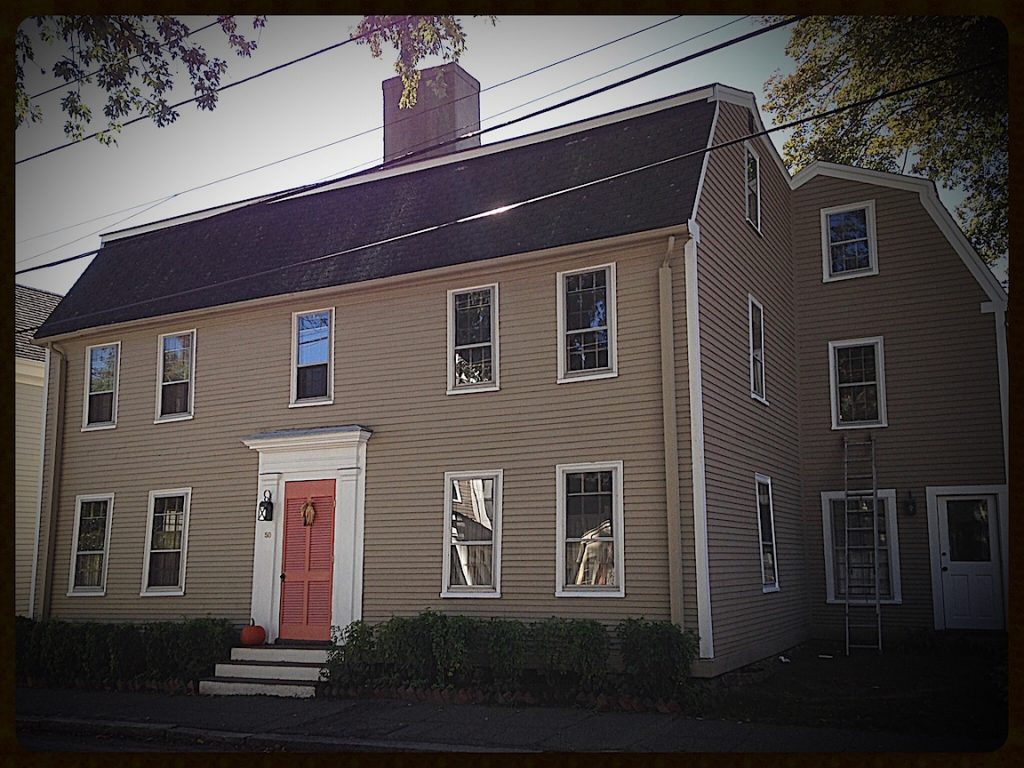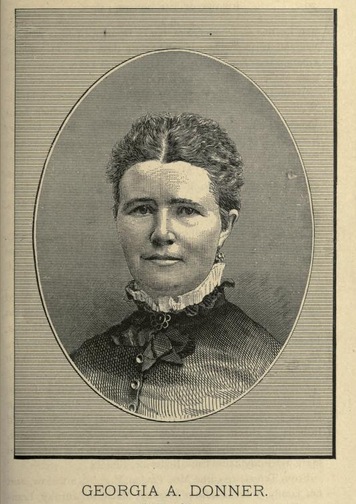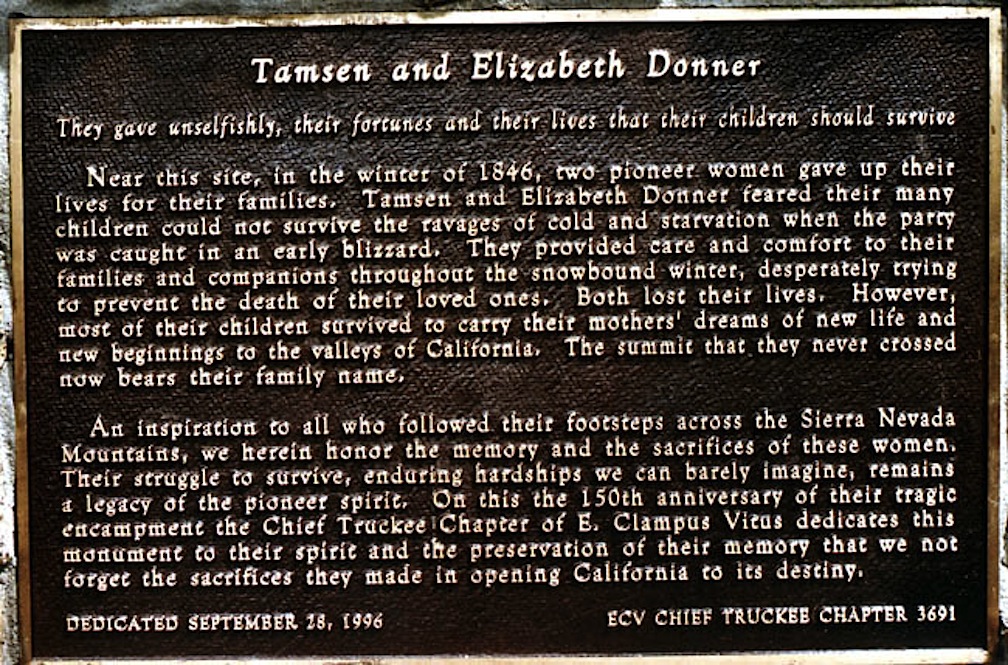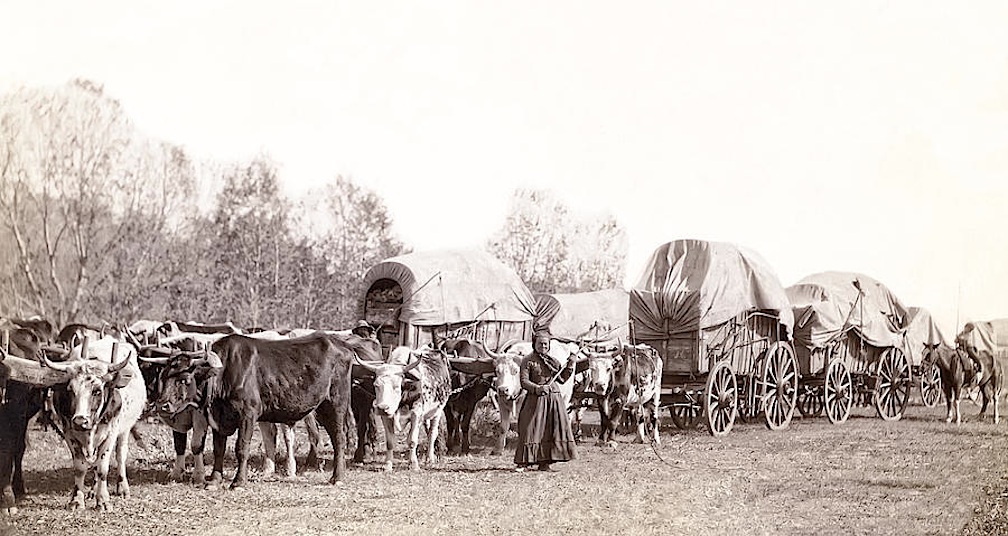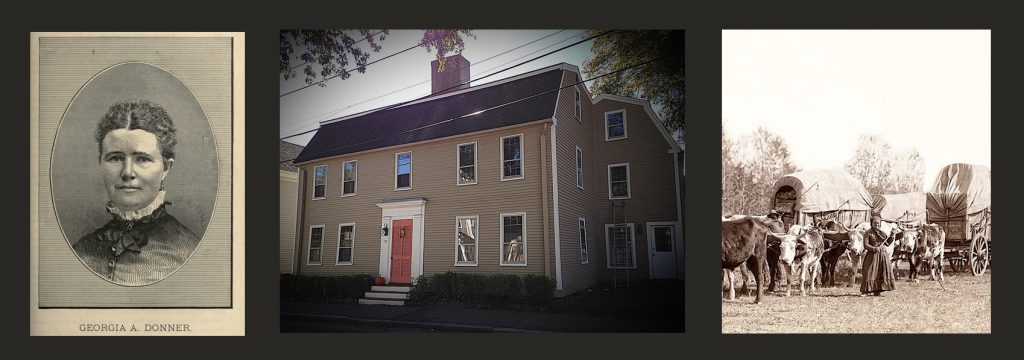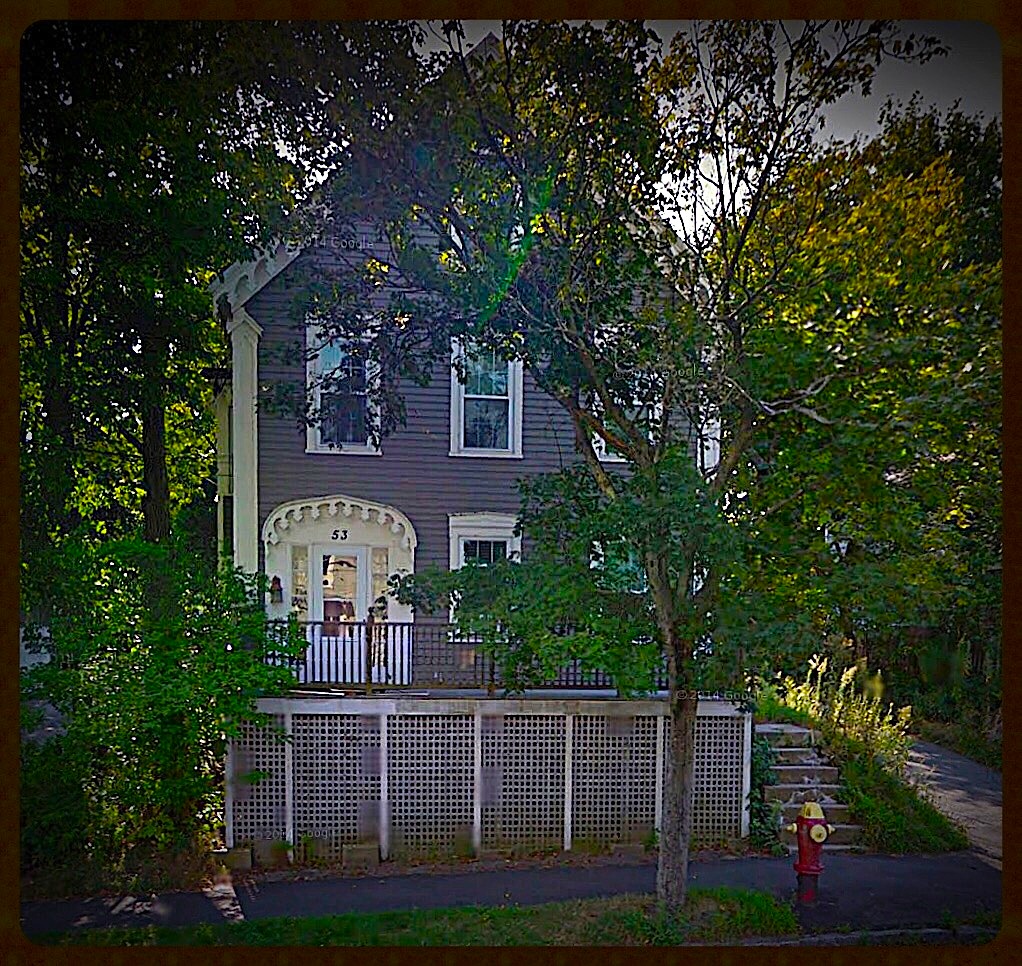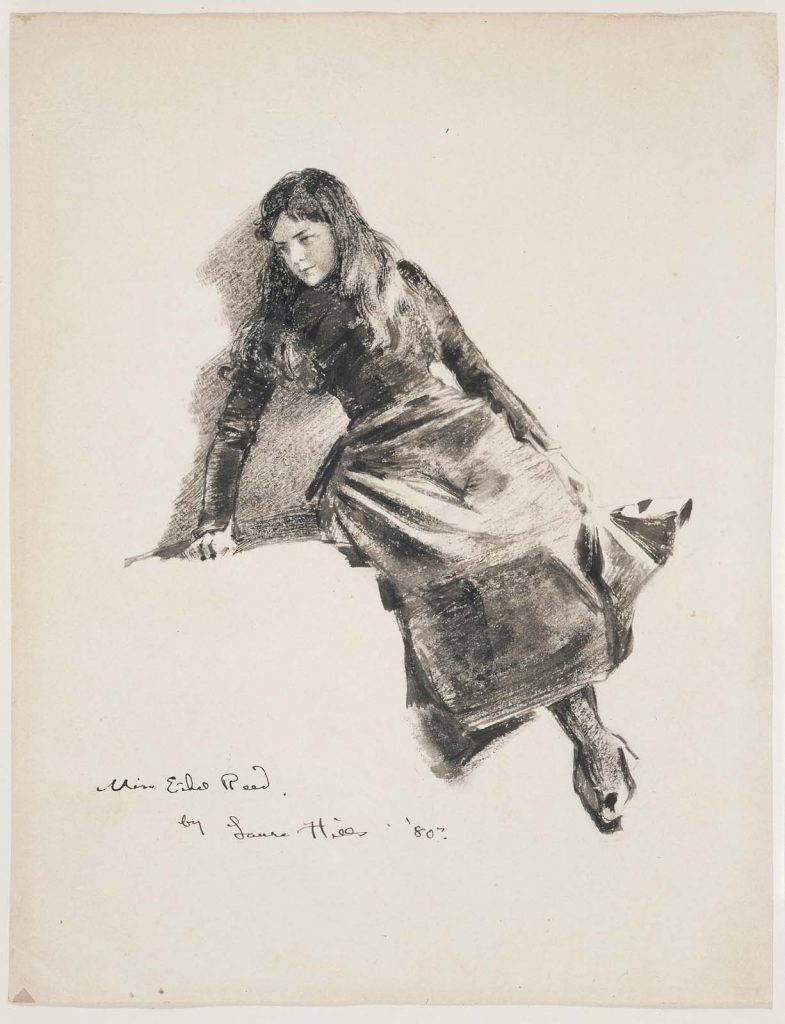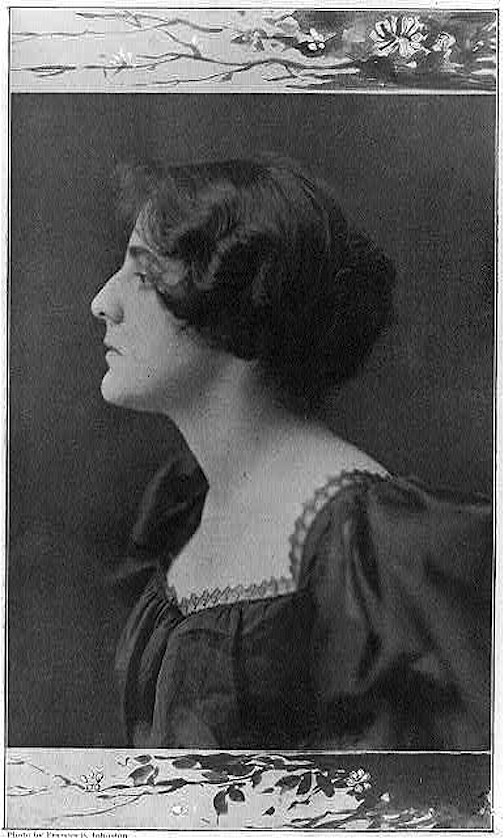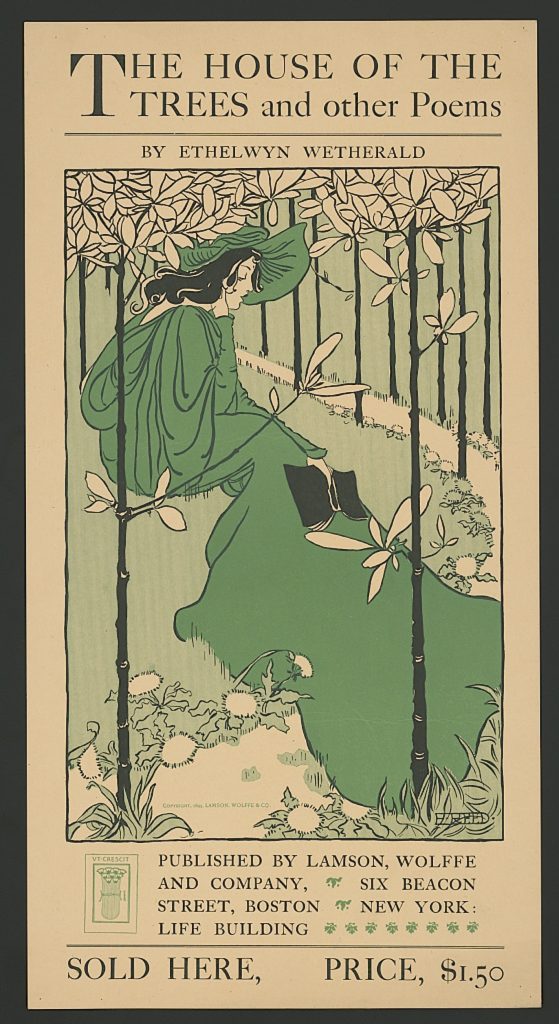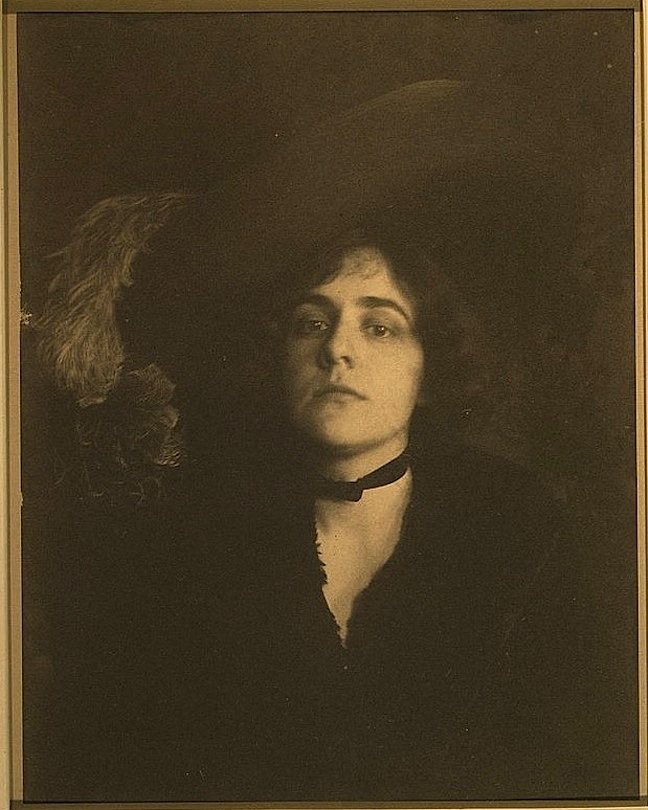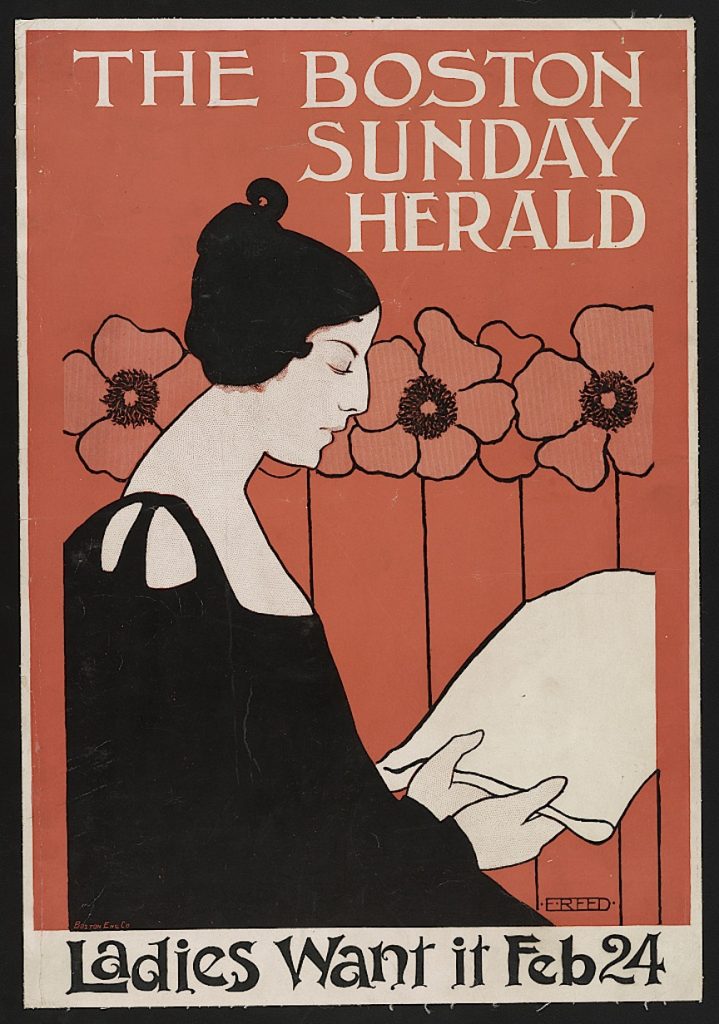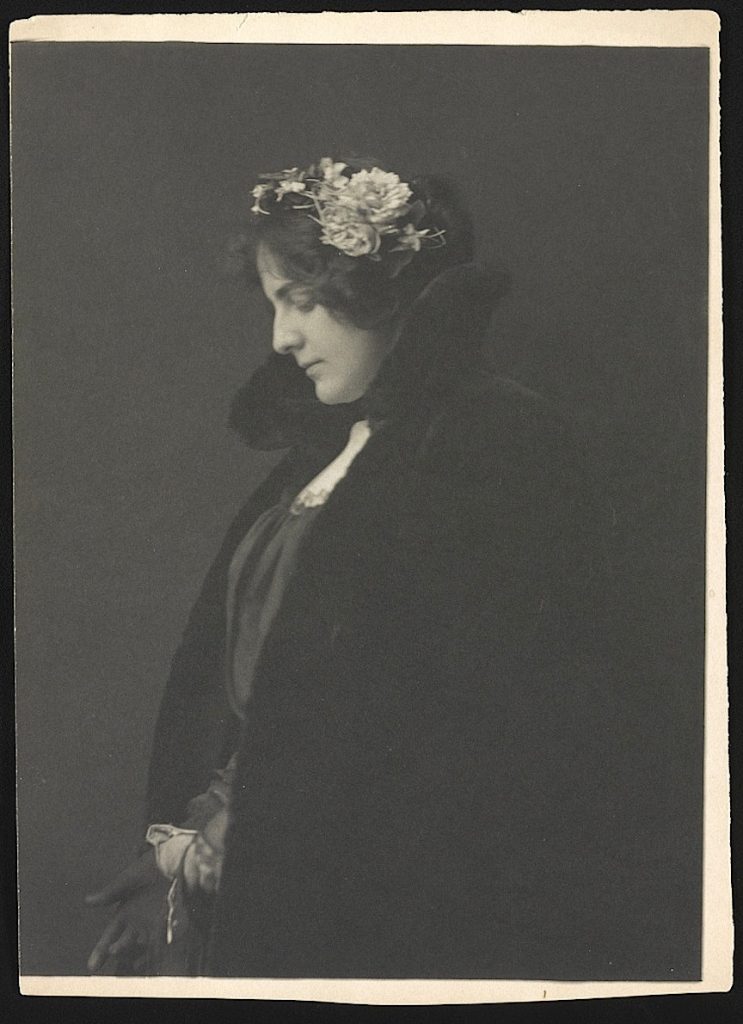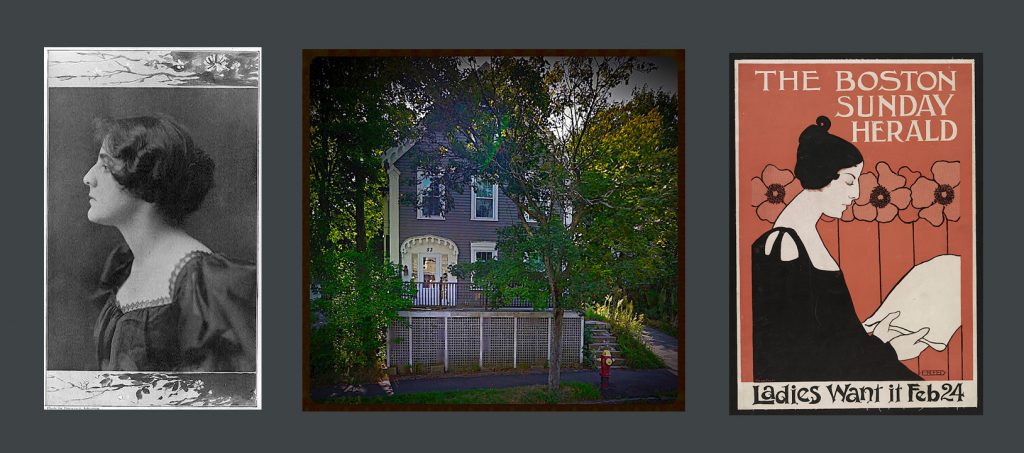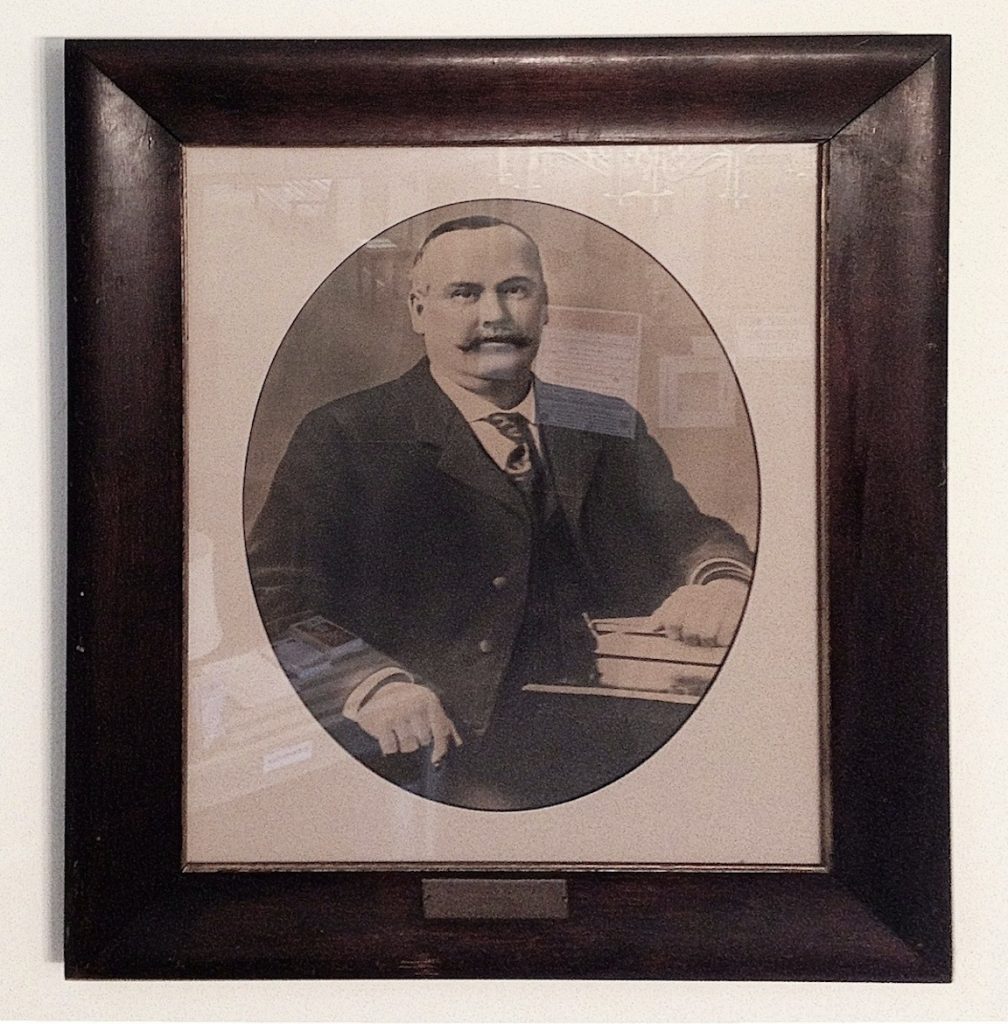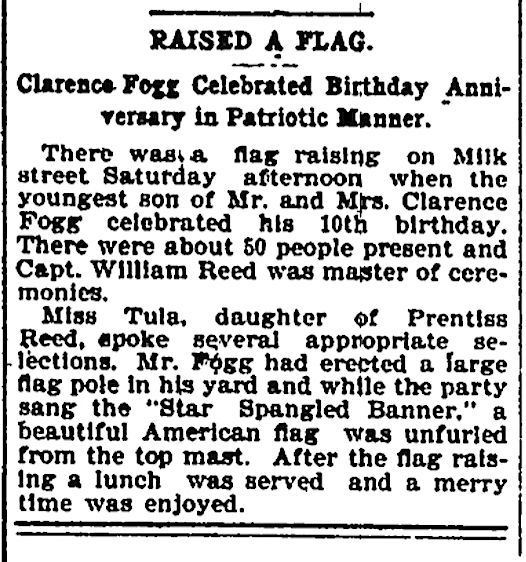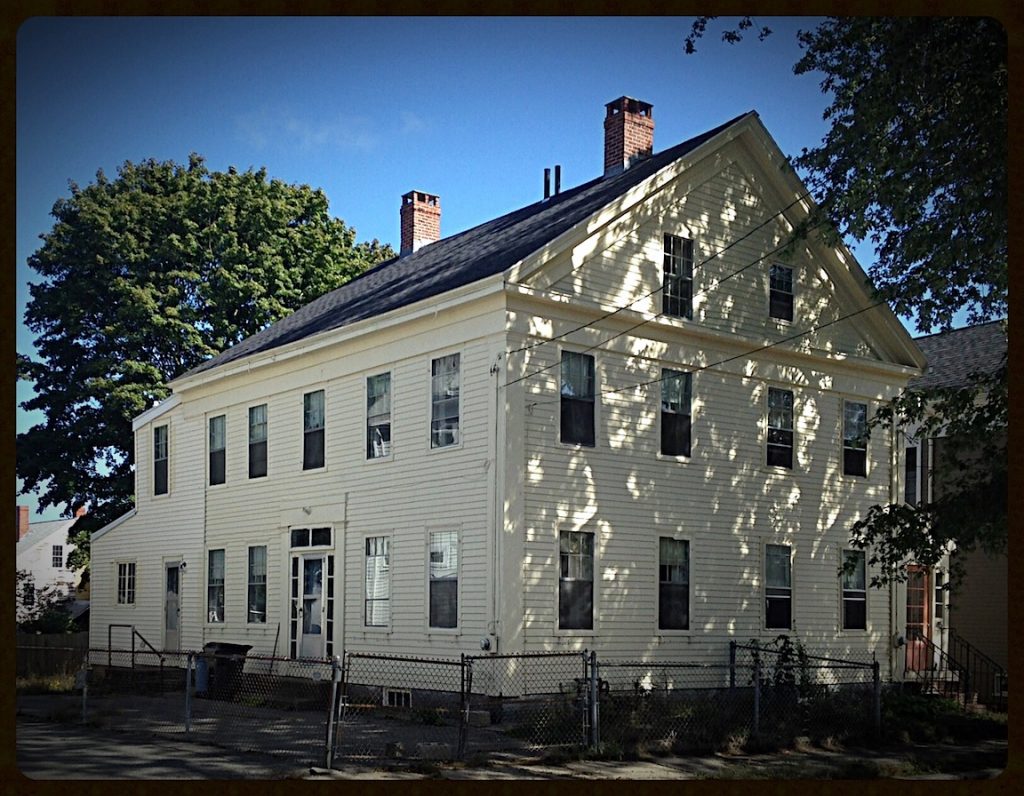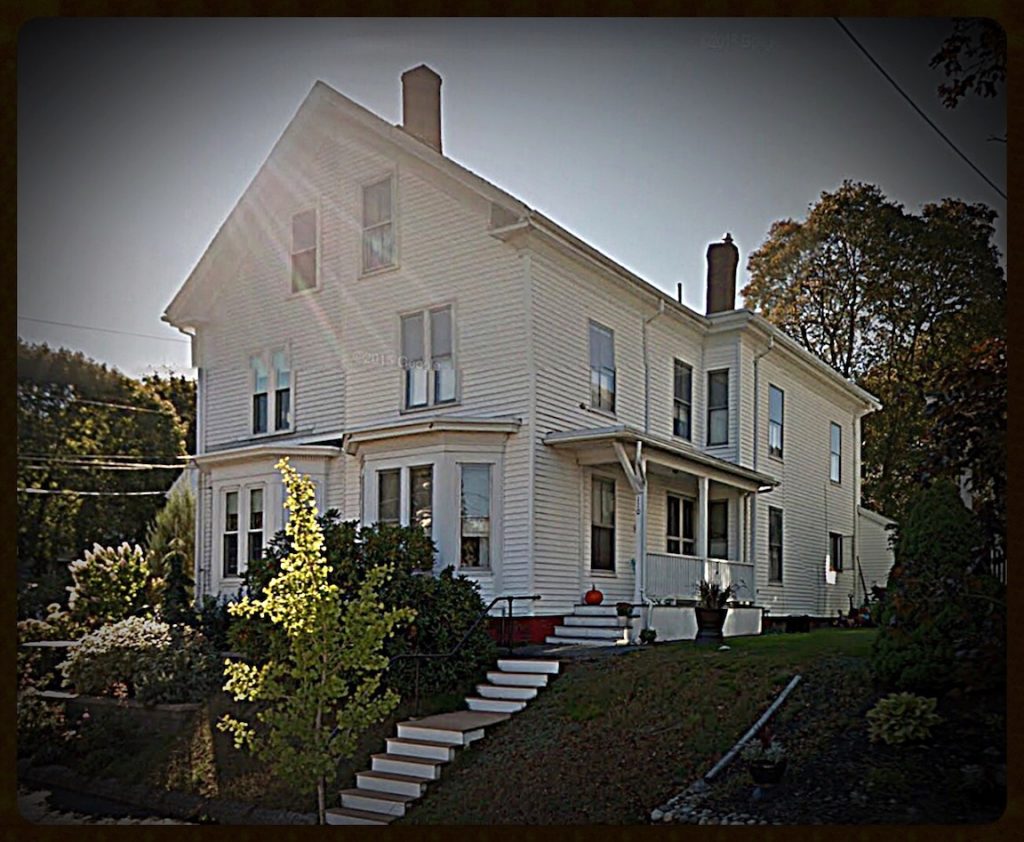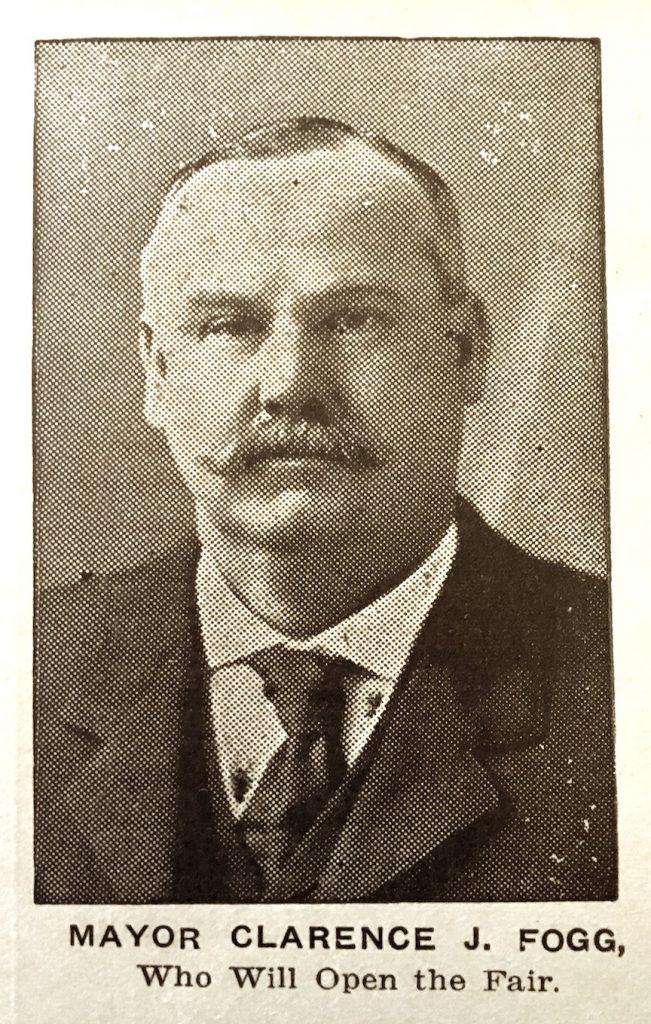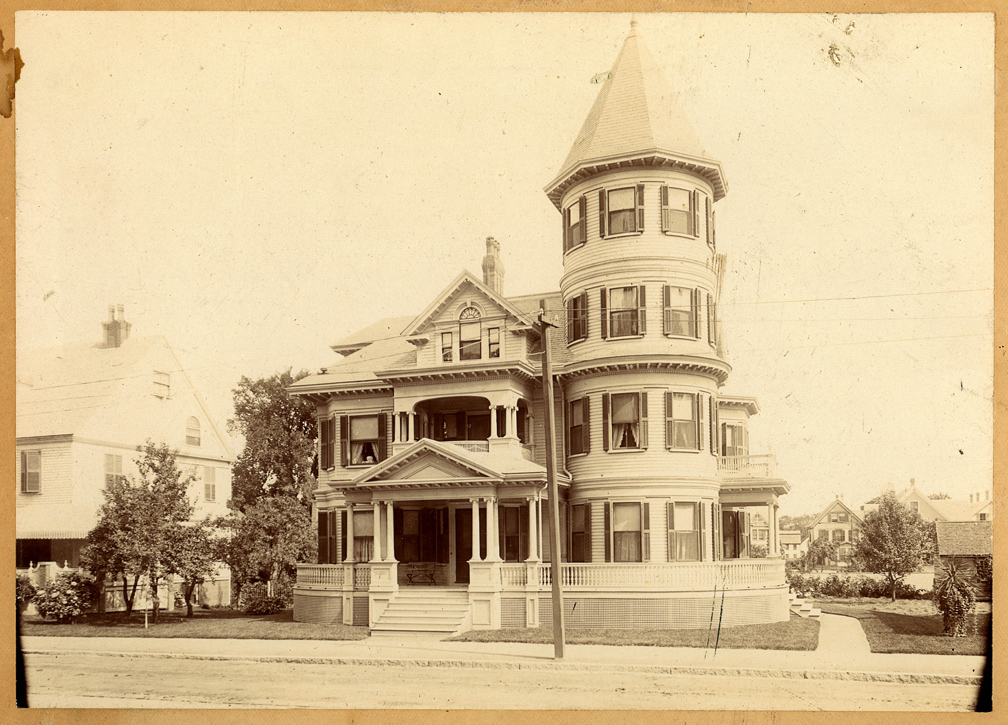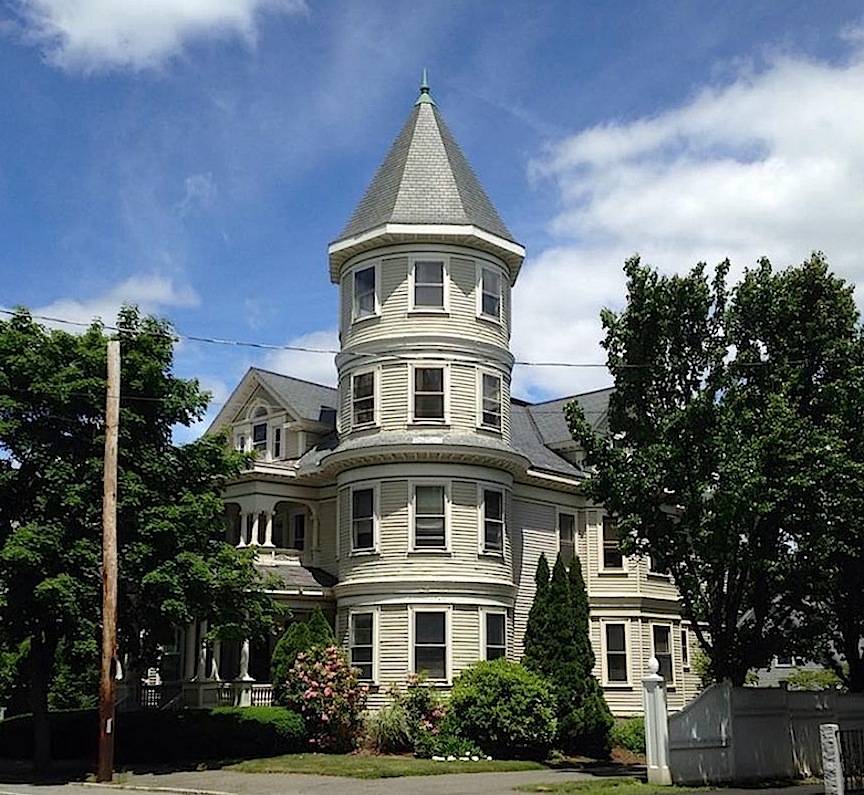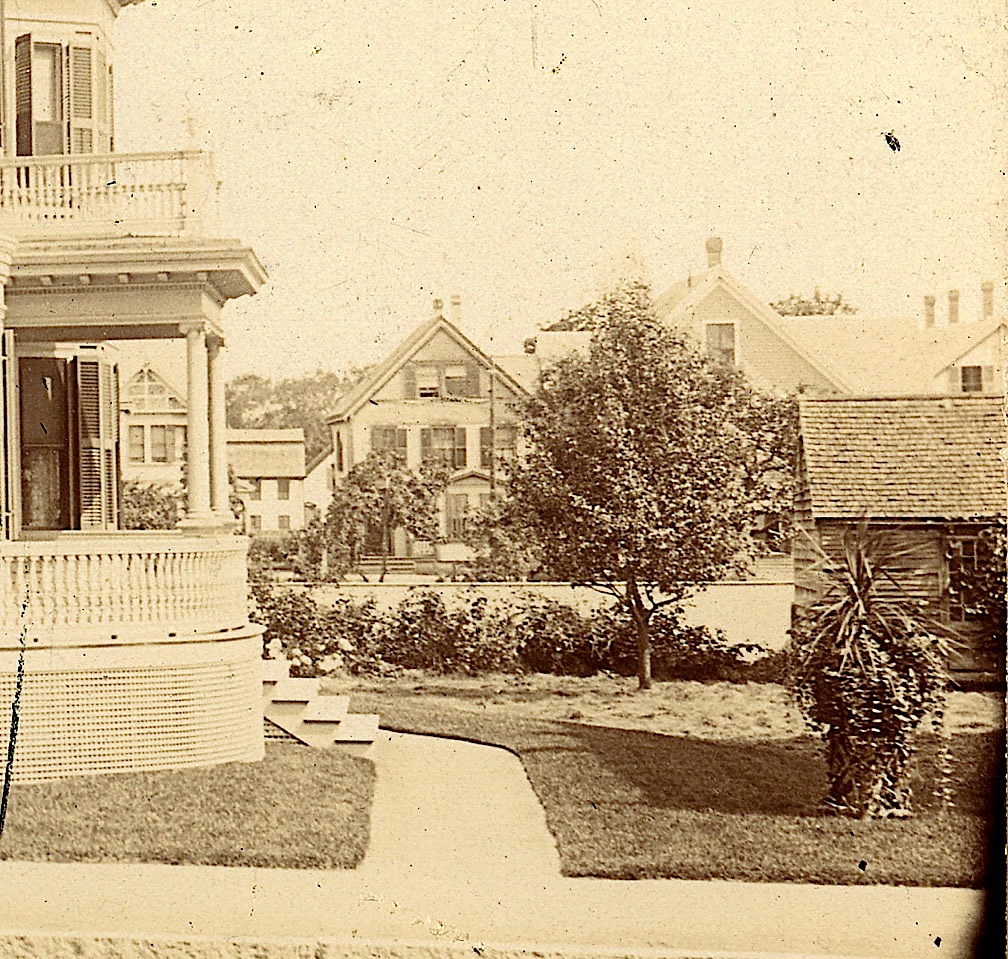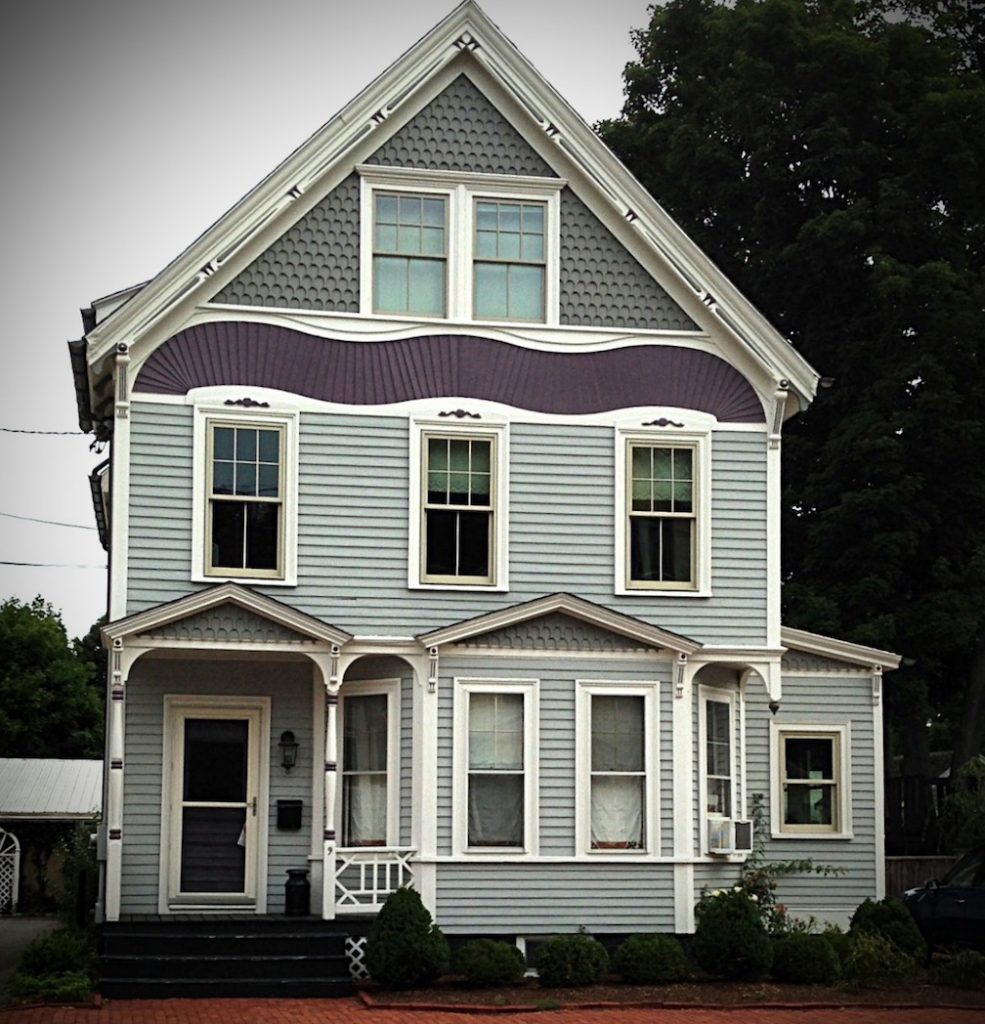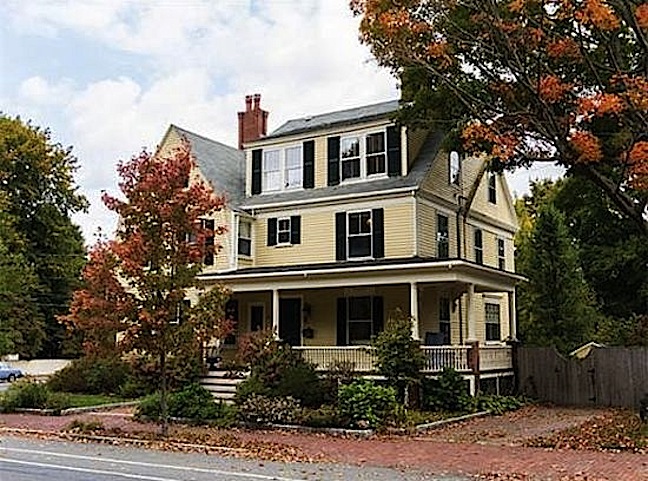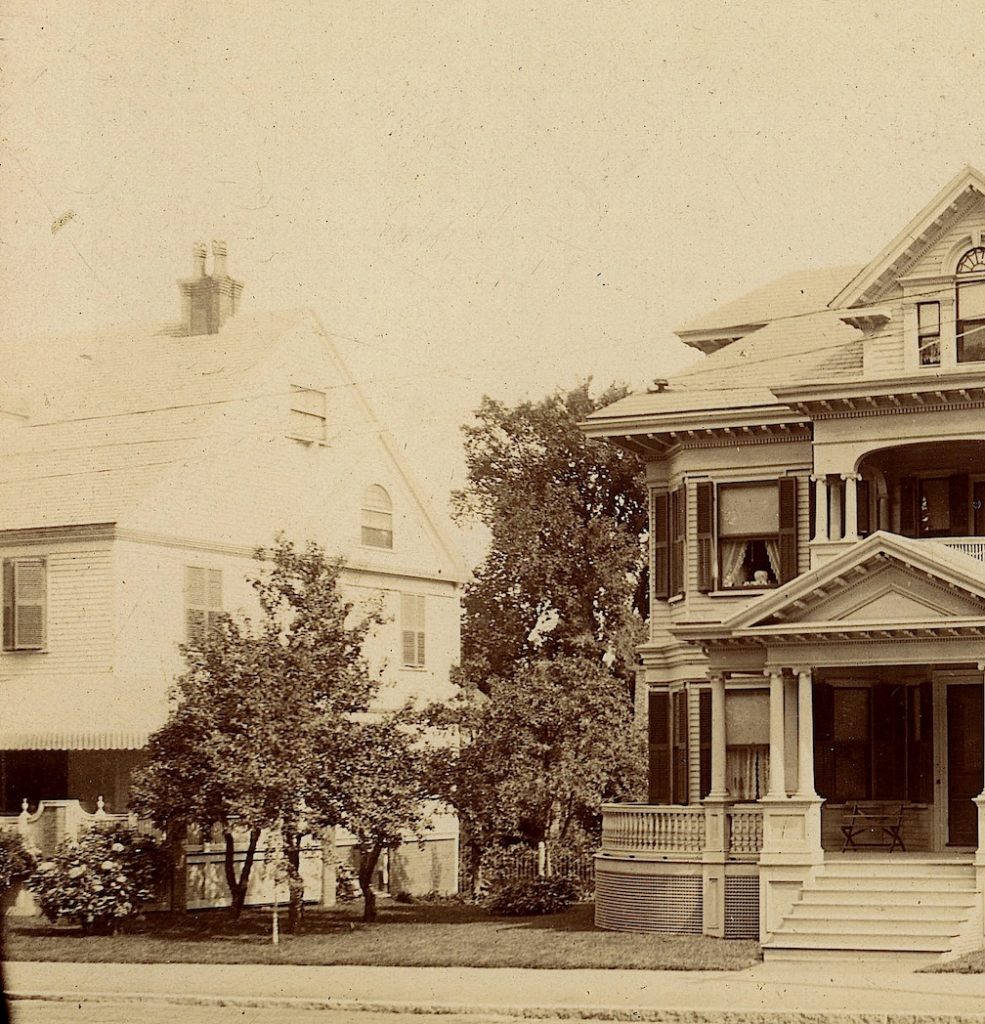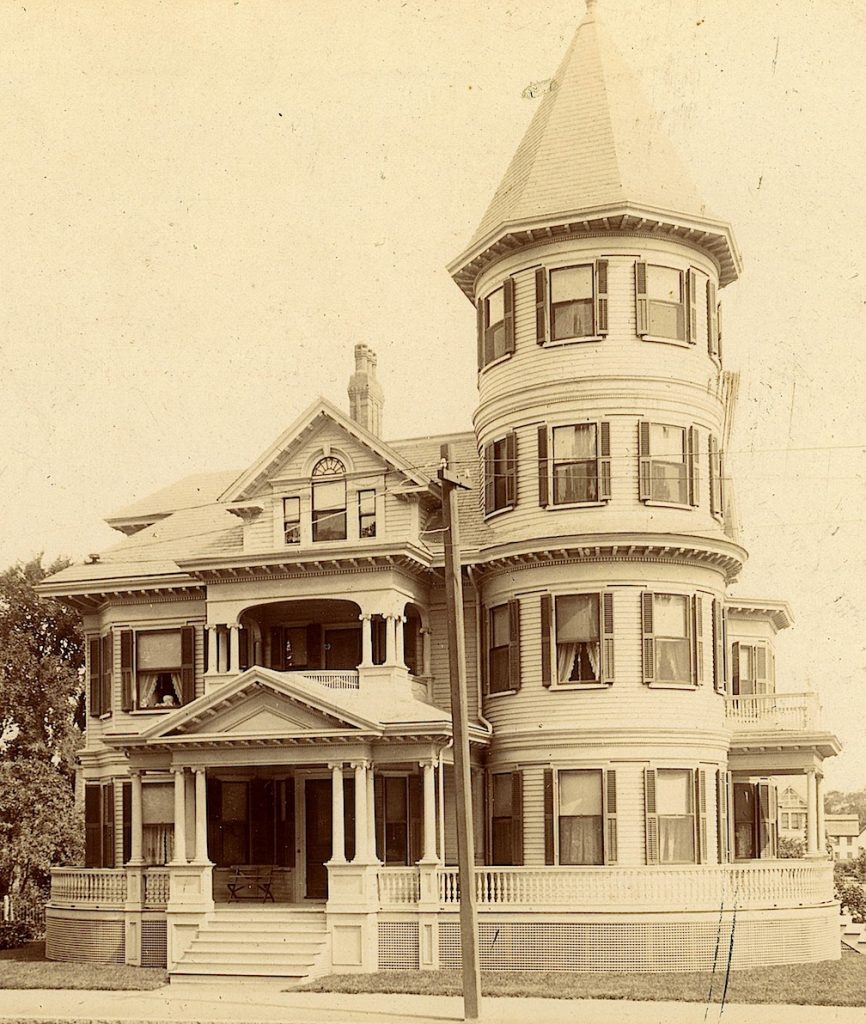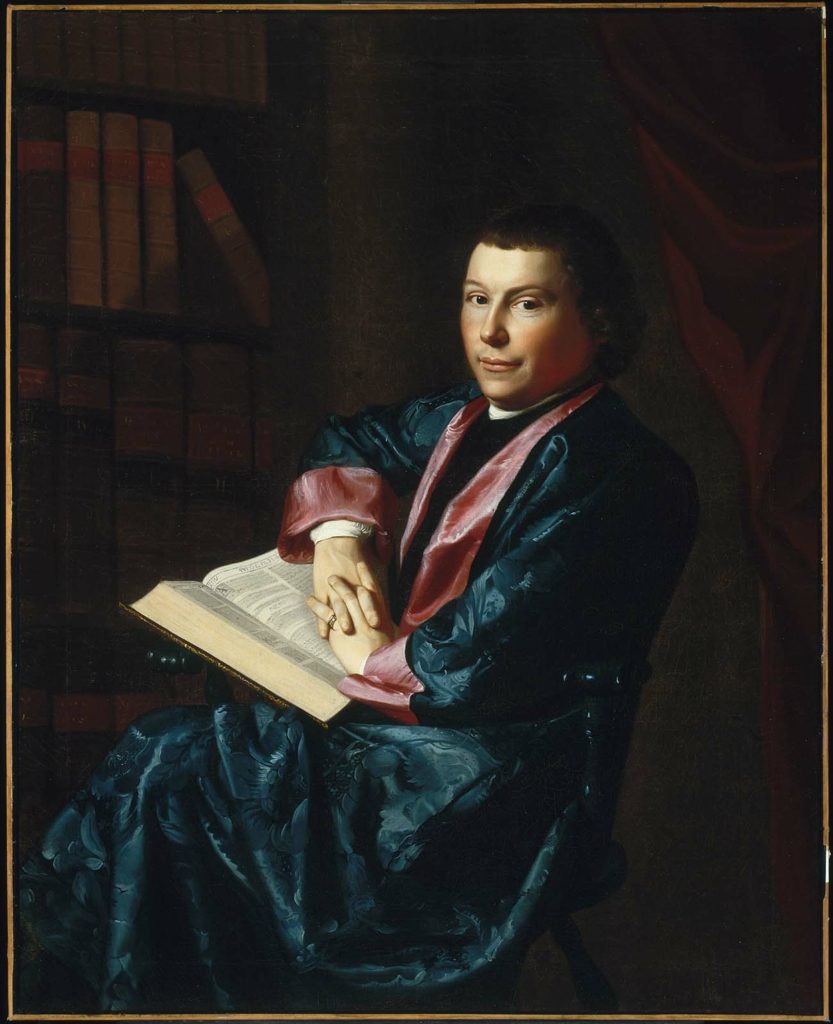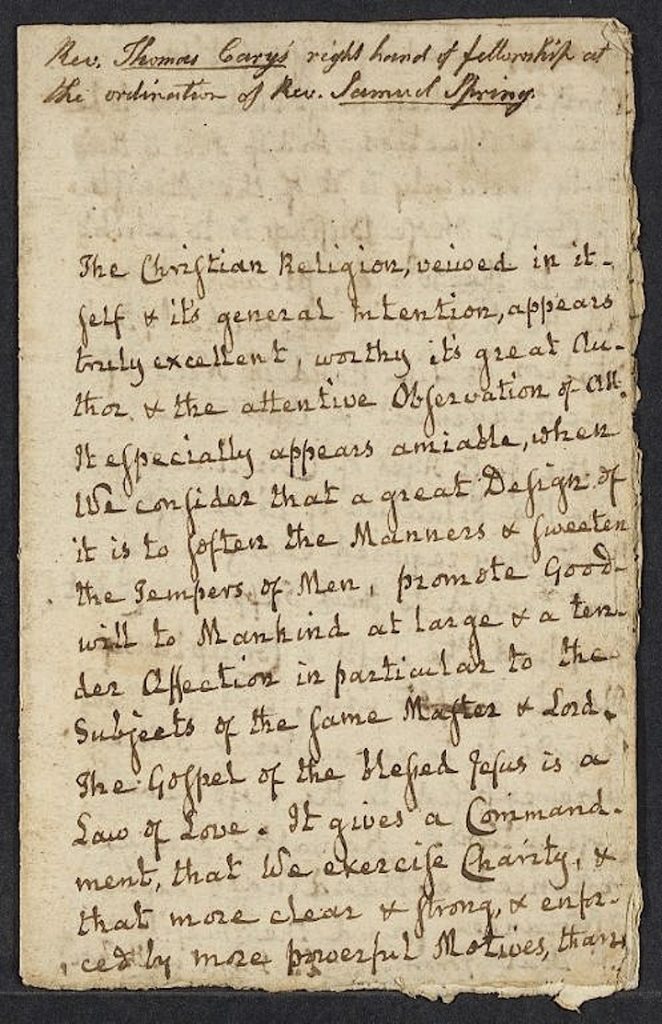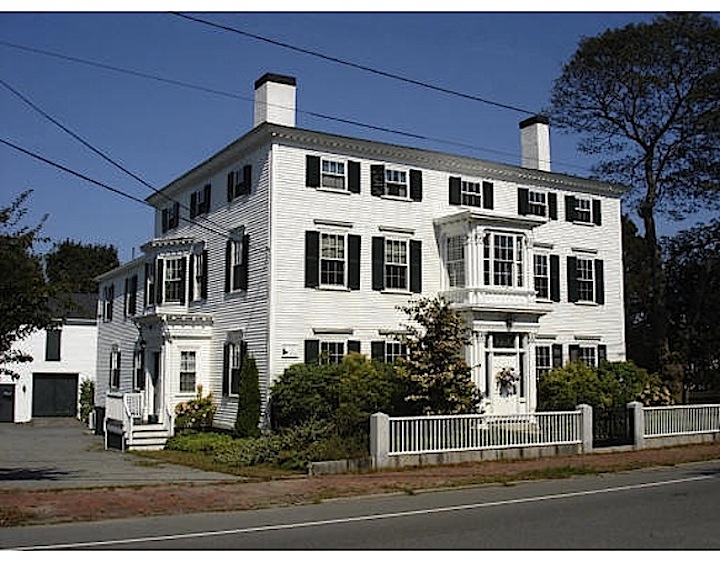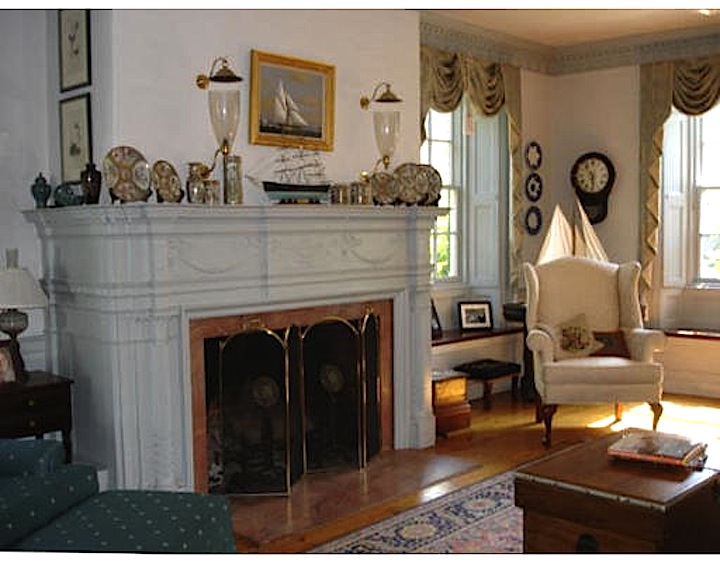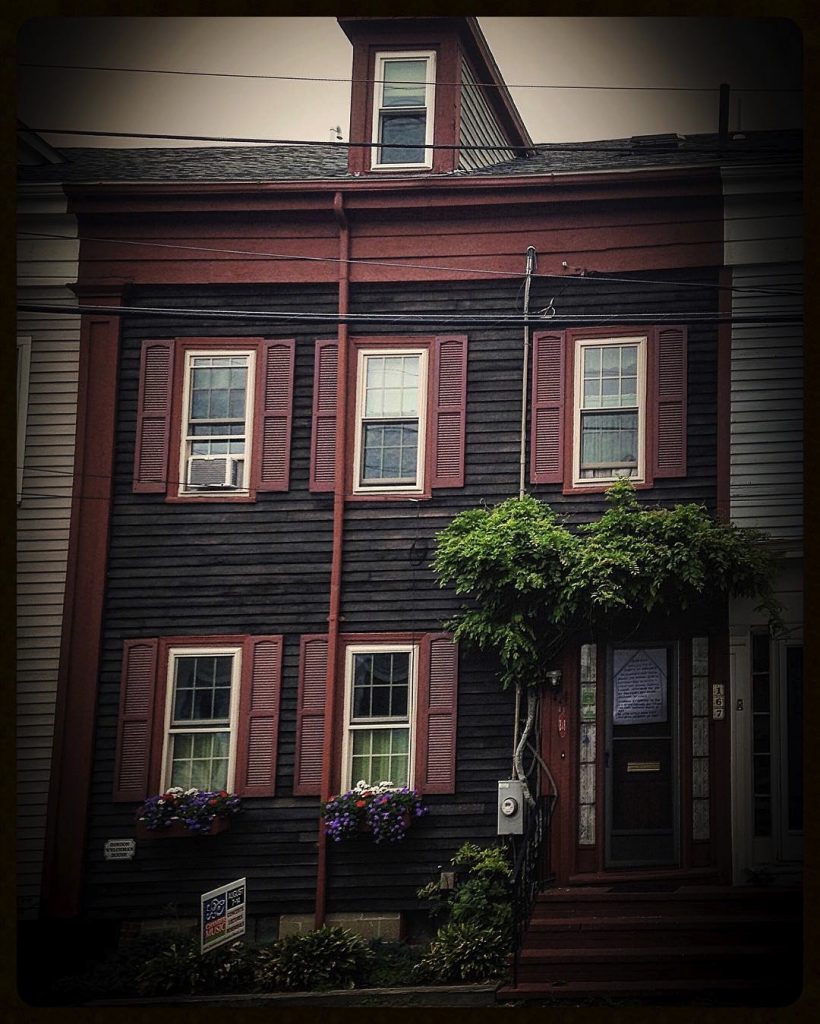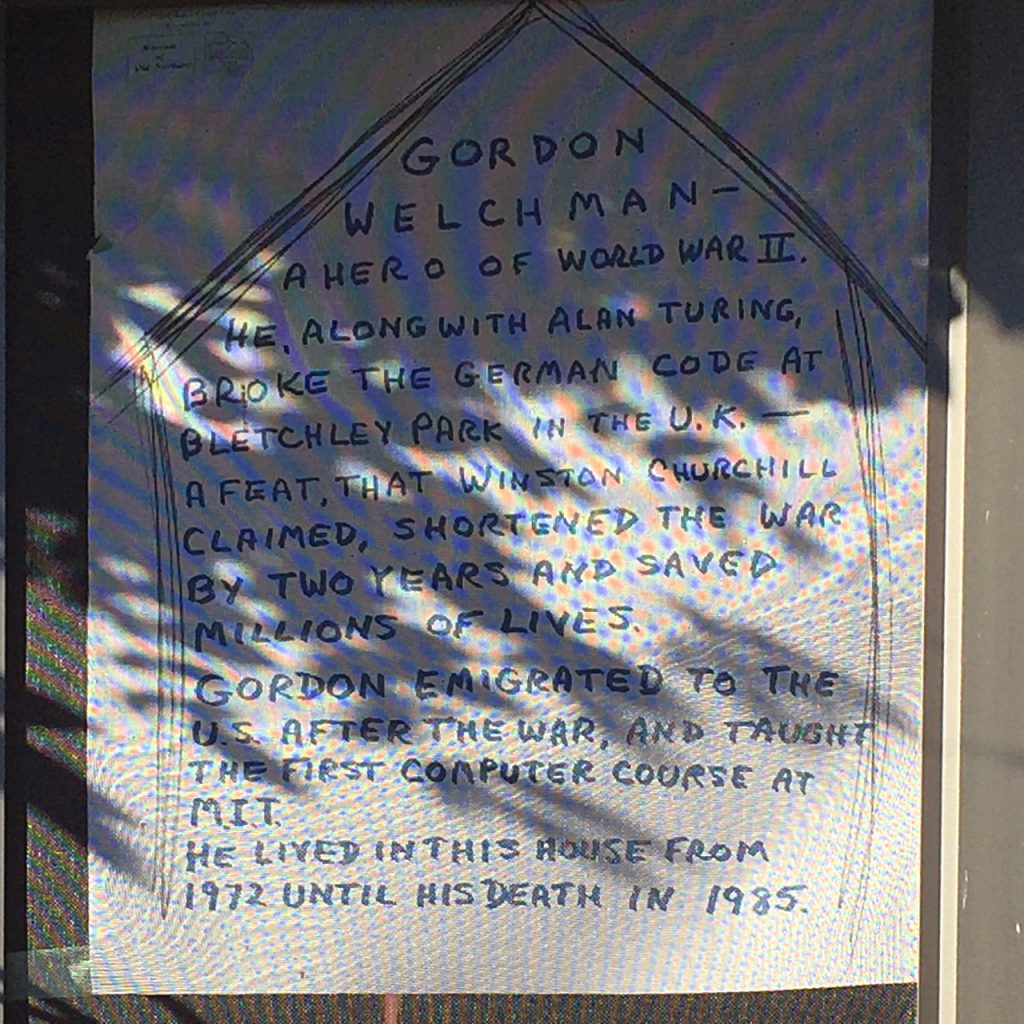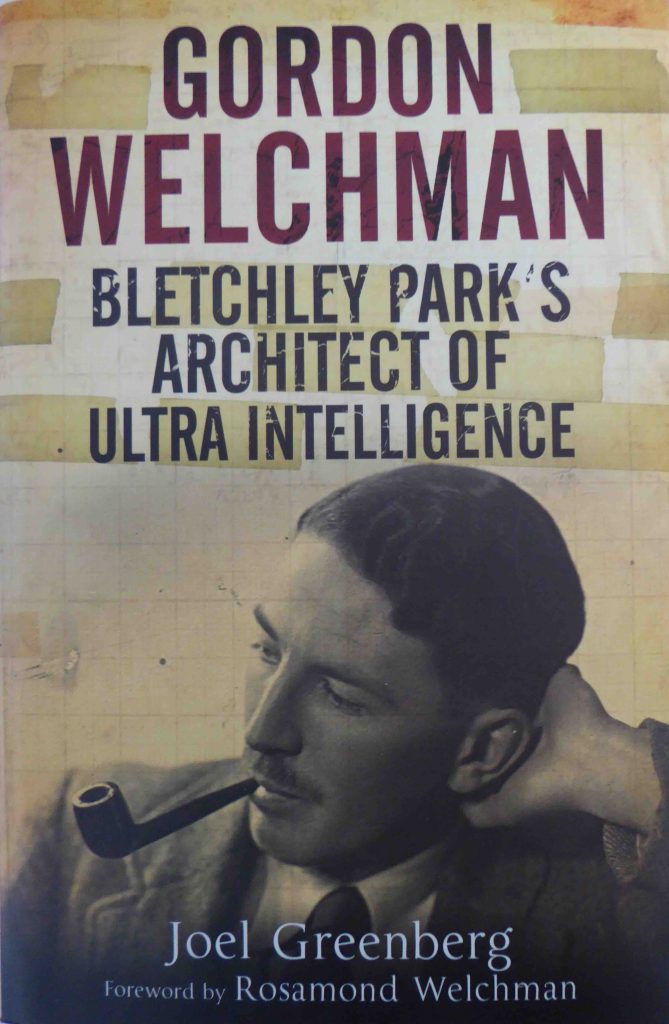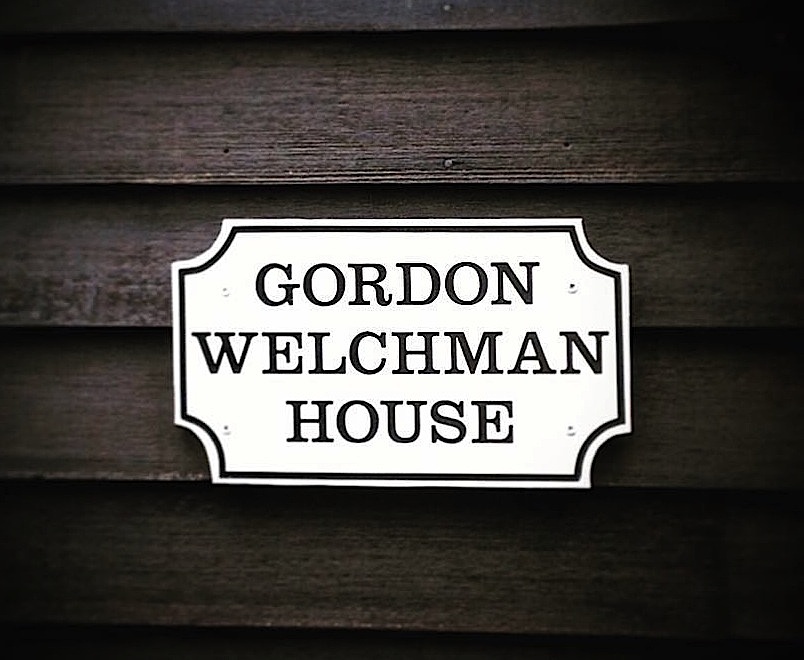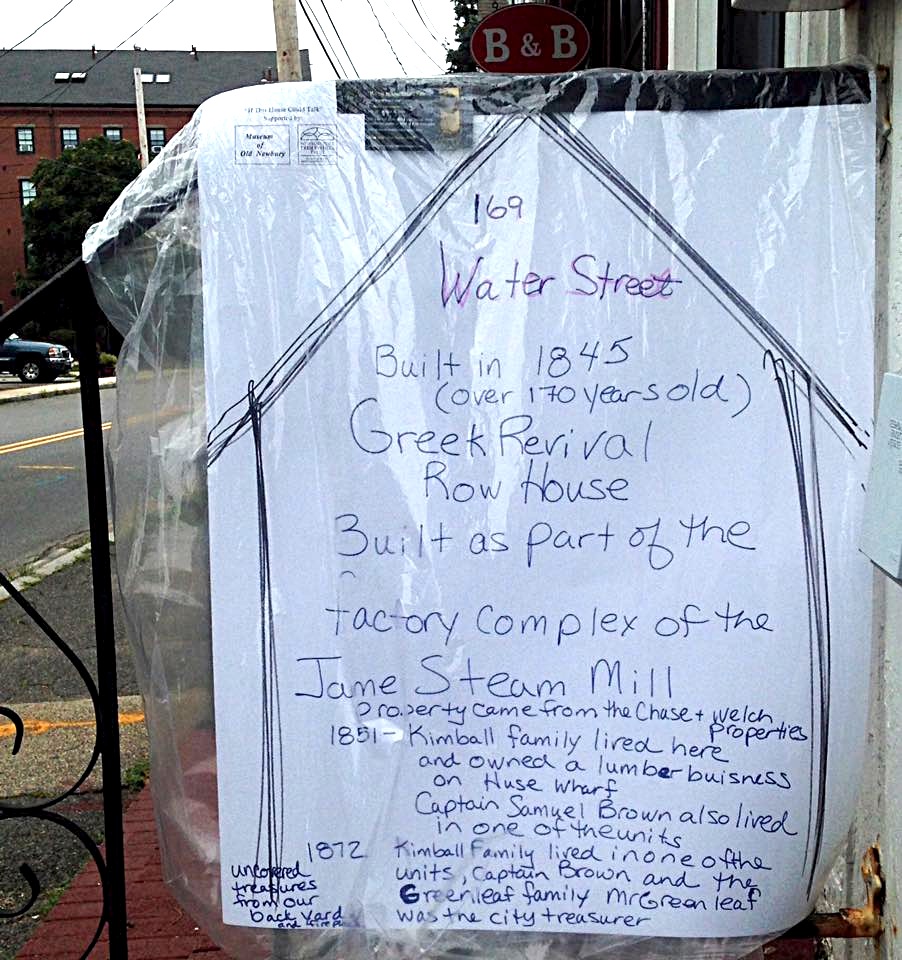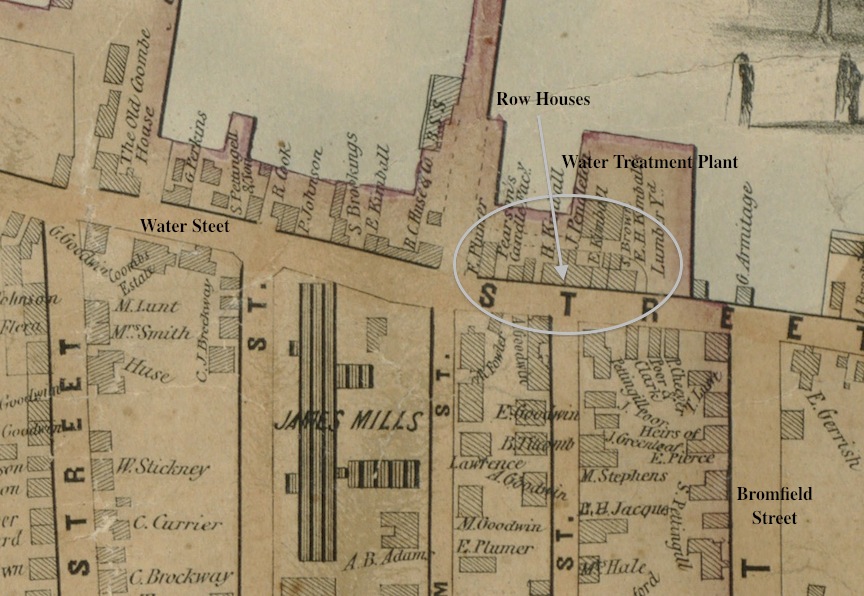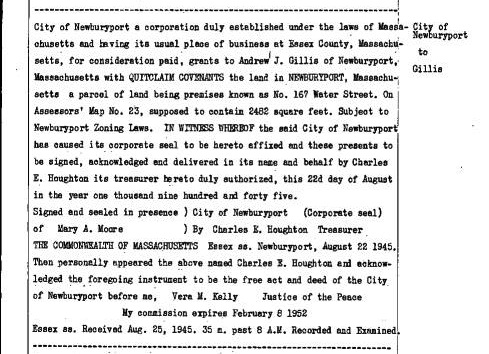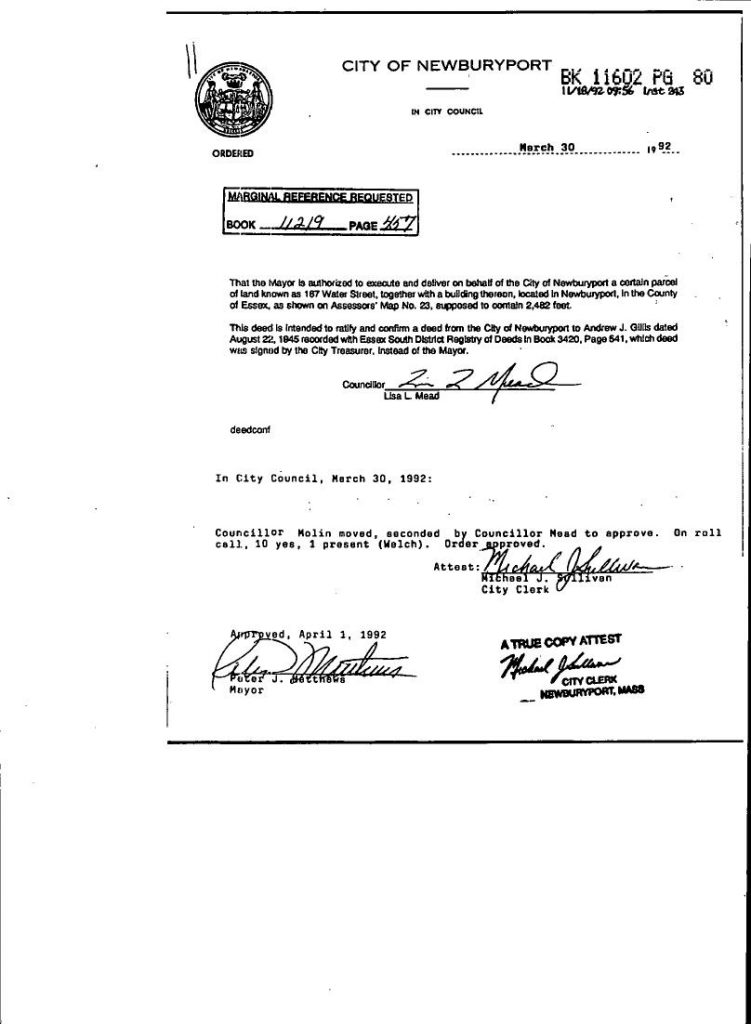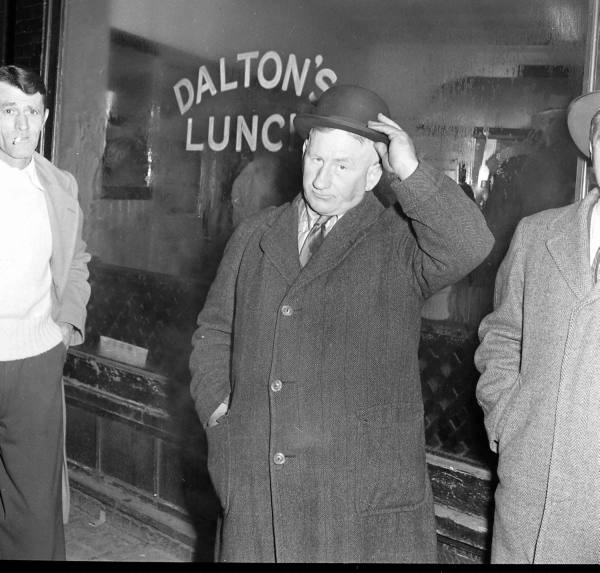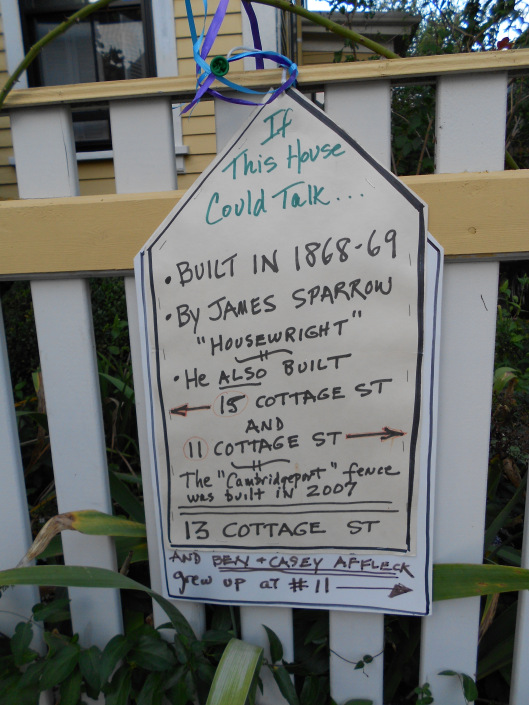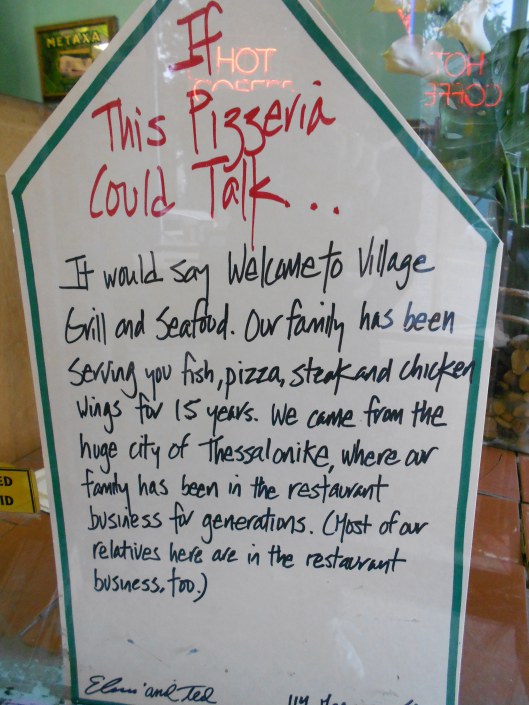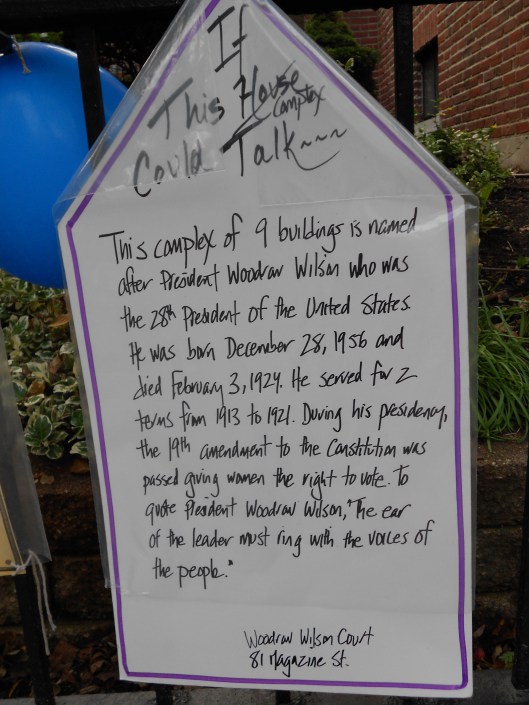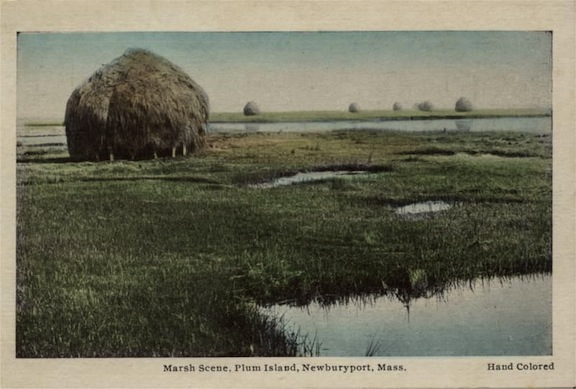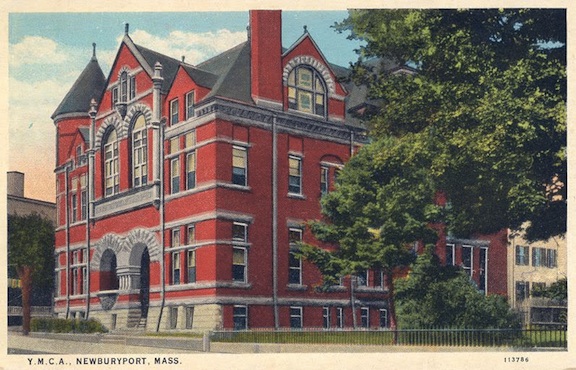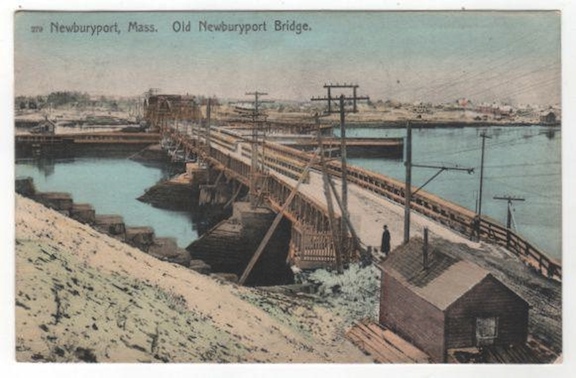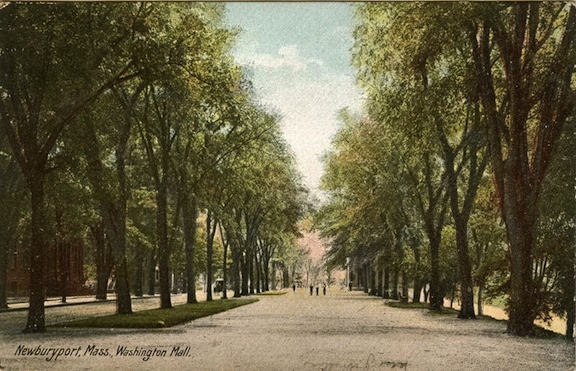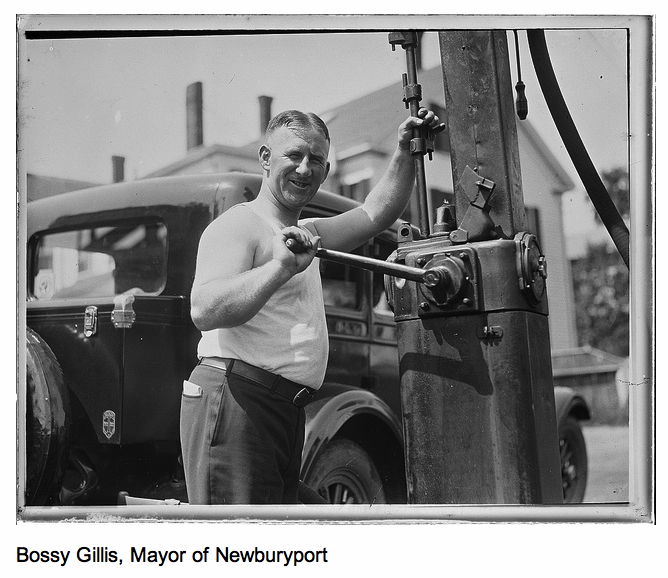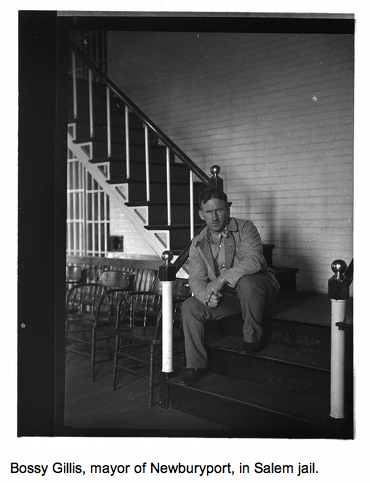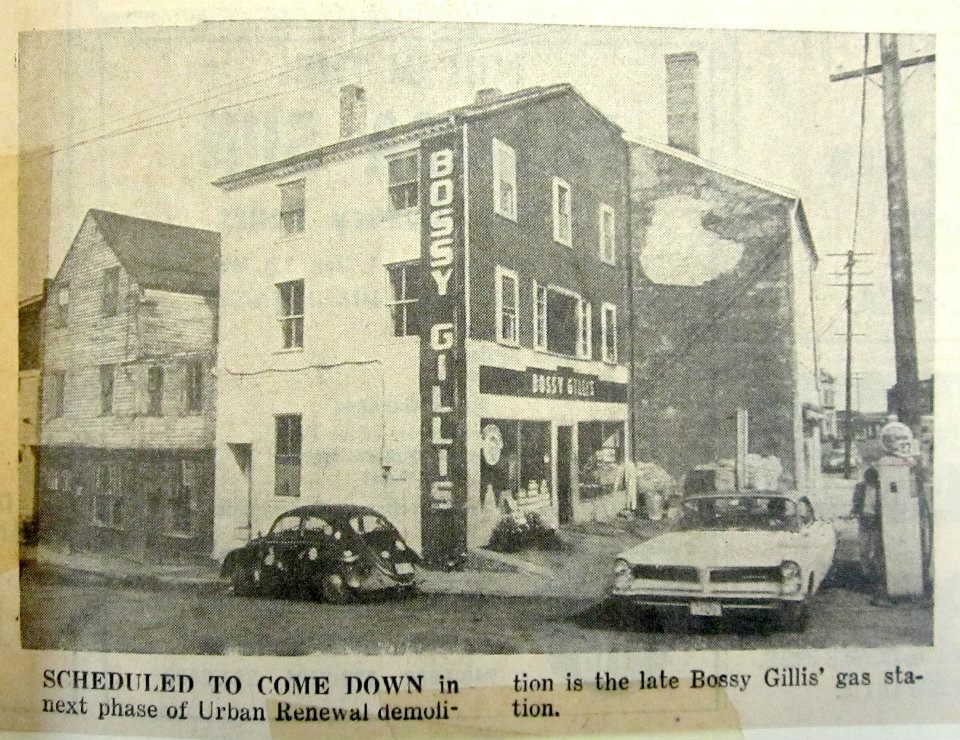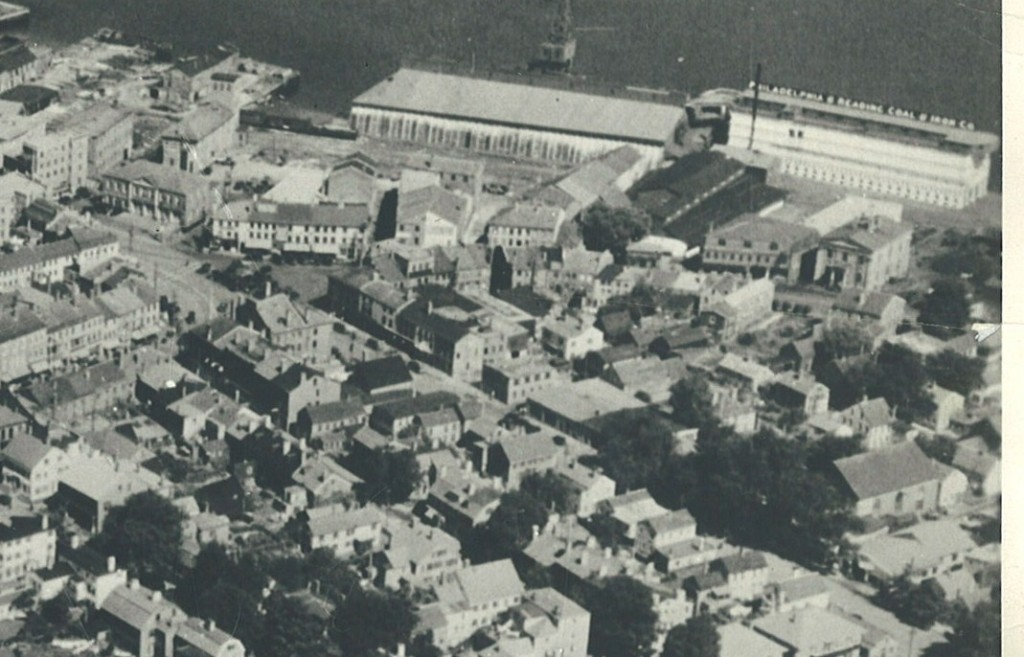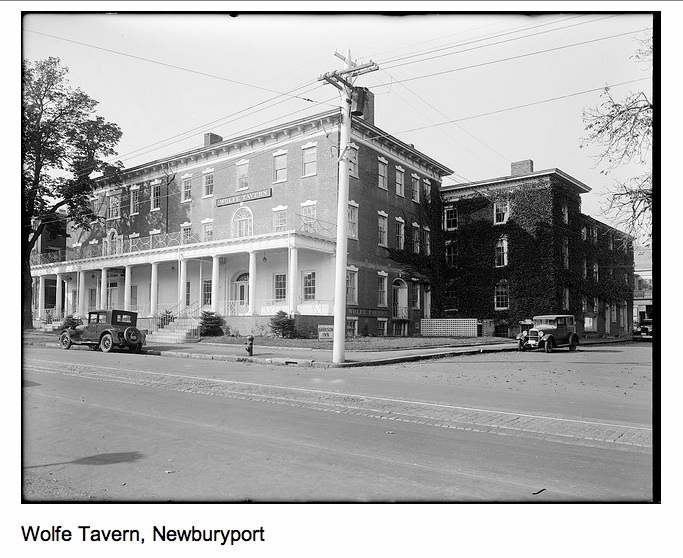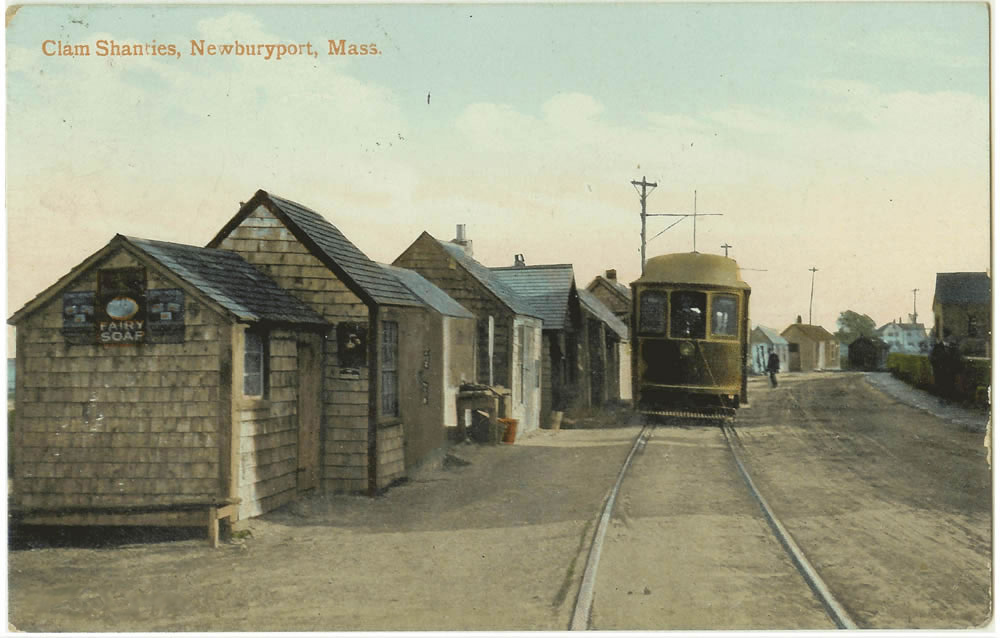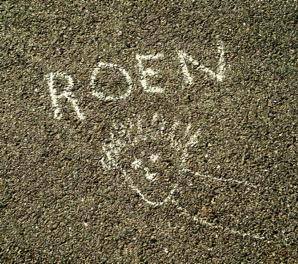Around the end of the third week of March I made my first puzzle for map.historynewburyport.com. I started using online puzzles years ago, there is something about “putting the pieces together” that I find very calming. I thought maybe I could try an image from a story on the Newburyport interactive history map, so I did. I asked the Newburyport History Buffs, a Facebook group, to try it out and let me know if it worked, it did, and then I shared it with some other Facebook groups and people seemed to like it.
I’ve been trying to create a new puzzle every day, and here is a sample of some of the ones that I’ve created https://www.jigsawplanet.com/MaryBakerEaton
The Clam Shacks at Joppa
During the 1700s, 1800s and the beginning of the 20th century, clamming was a huge part of the South End neighborhood called Joppa. With the arrival of trucking and the automobile, clams gained wide popularity and the clammers of the area were able to make a significant amount of money.
There were at least a dozen clam shanties along Water Street where residents shipped as many as five tons of shucked clams from Newburyport to Boston, New York and other cities every day. The pollutions of the Merrimack river by the 1920s lead to the closing of the clamming beds, and the collapse of the industry brought economic devastation to the local community. Most of the clam shanties were knocked into the river by cars or washed away by storms. Only one clam shanty remains today. ~ History from the Newburyport Clipper City Rail Trail (the plaque on Water Street)
Clam shacks at Joppa, Newburyport
Courtesy of the Museum of Old Newbury, the Snow Collection
Joppa Clam Shacks – map.marybakerart.com
The link to the puzzle is here:
https://www.jigsawplanet.com/?rc=play&pid=25a28acc6350
Abbie Foster’s House
Abbie Foster was born in Newburyport to David Currier a shoe maker and his wife Mary Currier in 1846. Abbie had one brother and two sisters. Her sister Helen Currier never married and they lived together all of their lives, either with their parents, and then boarding with their mother on Spring Street and stayed there after their mother’s death until they moved to 74 High Street.
Abbie had her own business on the corner of Pleasant and State Streets (which is now 52 State Street) called “Miss A. L. Currier” where she sold lace trimmings and jewelry,
Abbie was single until she was 44, and in 1891 she married Daniel Foster who was 60. This was Daniel’s second marriage, there were no children from his first marriage. He came back to Newburyport in 1887 and seems to have boarded in different places, including where Abbie’s family lived, which was 14 Spring Street (now 12 Spring Street). Daniel died in 1893 only 2+ years after they were married. Abbie was a widow for 20 more years.
AFTER Daniel died, in 1894 the heirs of Solomon Haskell and Mark Haskell gave Abbie the land that she built her house on on High Street for $1. Abbie gave the right of way to the City of Newburyport in 1898 and Foster Court is named after her.
In his will, Daniel Foster left Helen, Abbie’s sister, $6,000, which was a whole lot of money back then. Daniel left Abbie the rest of his estate and made her the executor of his will. He left various family members very small amounts of money.
Daniel’s money came from his father Thomas Foster, who was a Revolutionary War hero, and owned N & T Foster with his brother Nathaniel Foster. Thomas was one of the “old time” silver smiths, before Towle Silver existed, and many people apprenticed with him.
Daniel’s family, according to the newspapers, contested the will. They lost. Daniel clearly loved Abbie and her family a whole lot better than his own.
That is how Abbie Foster came to be able to build the gorgeous Queen Anne Victorian at 74 High Street. Abbie lived there for 17 years with her sister and one servant until her death in October 1913.
Abbie Foster’s house, 72 High Street
Courtesy of the Newburyport Archival Center
The link to the puzzle is here:
https://www.jigsawplanet.com/?rc=play&pid=17eb0de8161d
The Pink House
The Pink House is located on Plum Island Turnpike. The house’s notoriety is in part due to a popular local urban legend about its creation. The story suggests the house’s location was a result of a divorce in which the wife demanded an exact replica of their Newburyport house, but failed to specify the location, resulting in the spiteful husband building it on the edge of town, in the Great Marsh with saltwater plumbing. For this reason, the building is often listed as an example of a spite house. An effort is being made to save the Pink House.
The Pink House – map.marybakerart.com
The digital image/painting of the Pink House is © Mary Baker
The link to the puzzle is here:
https://www.jigsawplanet.com/?rc=play&pid=19ac5747e386
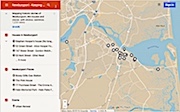 Here is the link to the map: Newburyport – Keeping the Story Alive, Mapping historic stories of Newburyport, MA houses and places, with photos, paintings, videos, old maps, history and anecdotes. Created by The Newburyport Blog, Mary Baker Eaton, editor. (This is one of the many stories that is on the map.)
Here is the link to the map: Newburyport – Keeping the Story Alive, Mapping historic stories of Newburyport, MA houses and places, with photos, paintings, videos, old maps, history and anecdotes. Created by The Newburyport Blog, Mary Baker Eaton, editor. (This is one of the many stories that is on the map.)
The new website HistoryNewburyport.com that coordinates with the interactive history map has a puzzle for each story on every page. To find the puzzles put “puzzle” into the search box on the new website.
